The iPhone 13 (Pro) was officially unveiled at the September keynote, which took place this week on Tuesday. Alongside the new Apple phones, Apple also presented the iPad (9th generation), iPad mini (6th generation) and Apple Watch Series 7. Of course, the iPhones themselves managed to get the most attention, which, although they came with the same design, will still offer a number of great improvements. But how does the iPhone 13 (mini) compare to the previous generation?
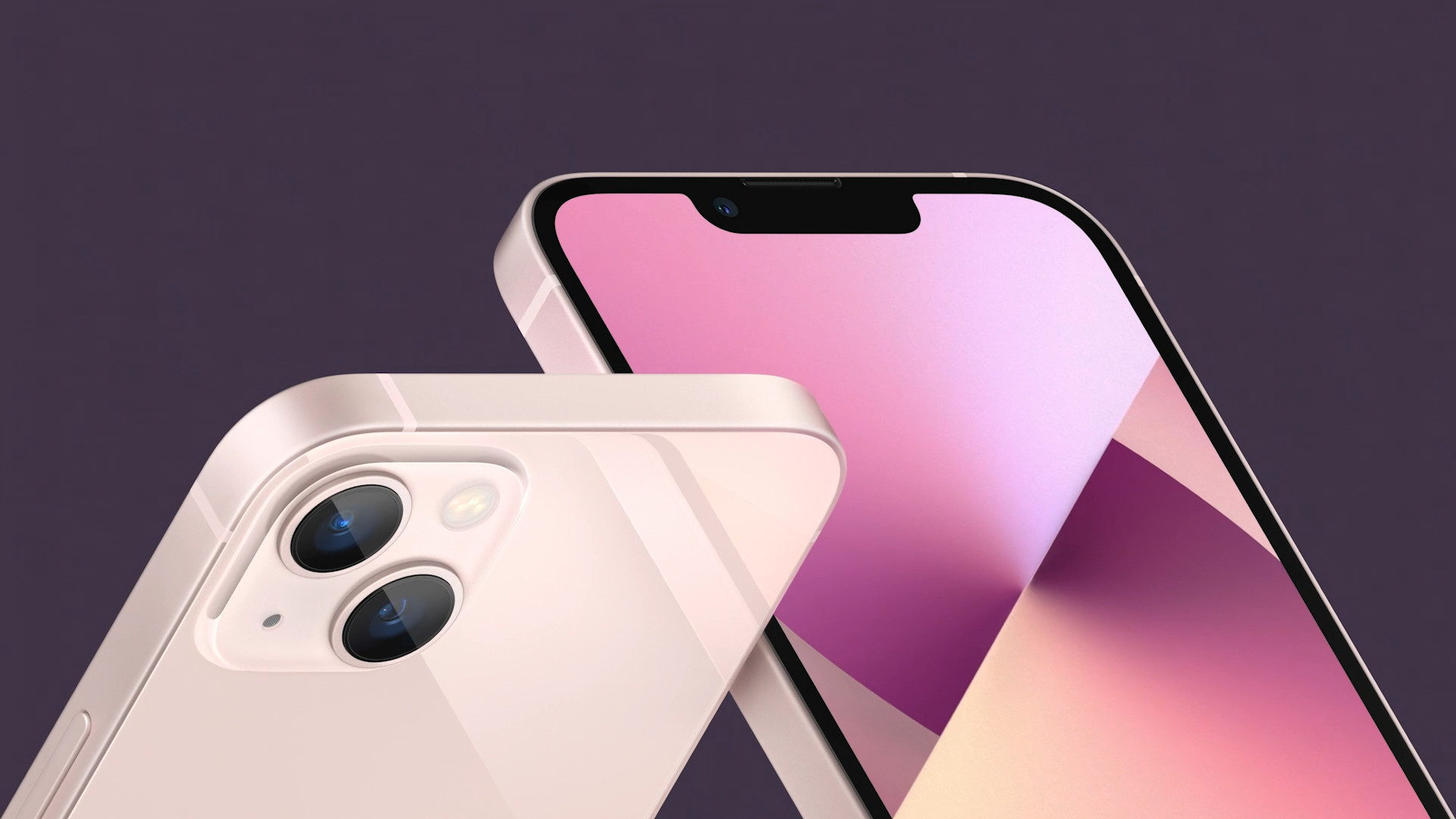
Performance and everything around it
As is usual with iPhones, in terms of performance, they go forward year after year. Of course, the iPhone 13 (mini) is no exception, which received the Apple A15 Bionic chip. It, like the A14 Bionic from the iPhone 12 (mini), offers a 6-core CPU, with two powerful and four economical cores, and a 4-core GPU. Of course, it also has a 16-core Neural Engine. Despite this, however, the new chip is quite a bit faster – or at least it should be. At the presentation itself, Apple did not mention how many percent the new iPhones have improved in terms of performance compared to the previous generation. All we could hear is that Apple's A15 Bionic chip is 50% faster than the competition. The Neural Engine should also have been significantly improved, which will now work a little better, and new components for video encoding and decoding have even arrived.
As for the operating memory, Apple unfortunately does not mention it in its presentations. Today, however, this information surfaced, and we learned that the Cupertino giant has not changed its values in any way. Just as the iPhone 12 (mini) offered 4GB of RAM, so does the iPhone 13 (mini). But you won't find many other changes in this area. Of course, both generations support 5G connection and MagSafe charging. Another novelty is the support of two eSIMs at the same time, i.e. the possibility that you no longer have to have one SIM card in physical form. This was not possible with last year's series.
Batteries and charging
Apple users also regularly call for the arrival of a battery with a longer life. Although Apple is trying to work on it, it will probably never fully satisfy the desires of end users. This time, however, we did see a small change. Again, the giant did not specify the exact values during the presentation, however, it mentioned that the iPhone 13 will offer 2,5 hours more battery life, while the iPhone 13 mini will offer 1,5 hours more battery life (compared to last generation). Today, however, information also appeared about the used batteries. According to them, the iPhone 13 offers a battery with a capacity of 12,41 Wh (15% more than the iPhone 12 with 10,78 Wh) and the iPhone 13 mini has a battery with a capacity of 9,57 Wh (that is, about 12% more than the iPhone 12 mini with 8,57 Wh).
It could be interest you
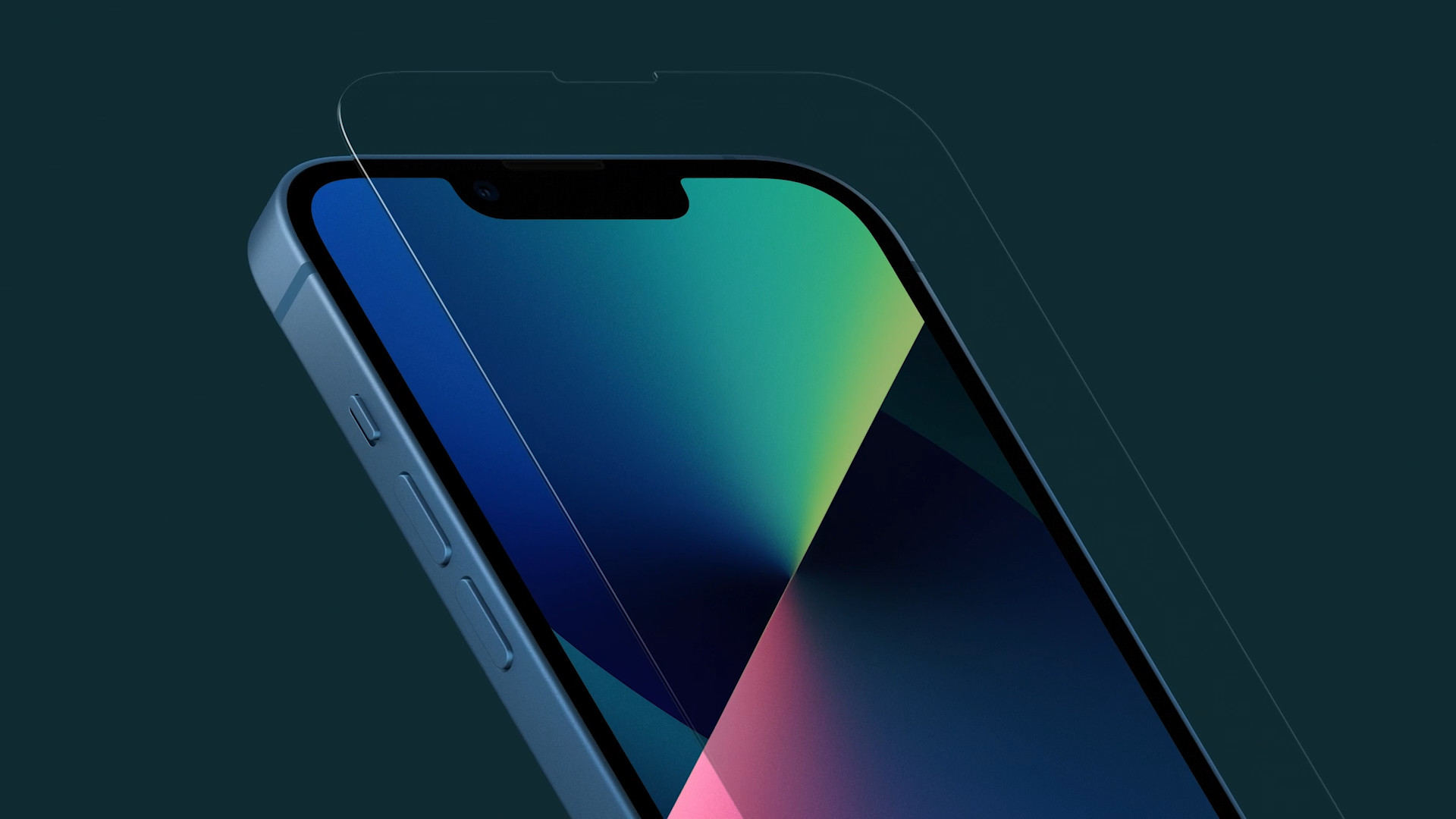
Of course, the question arises as to whether the use of a larger battery will affect normal operation. Numbers are not everything. The chip used also has a large share in energy consumption, which decides how it handles the available resources. The new "thirteens" can otherwise be powered with up to a 20W adapter, which is again unchanged. It should be noted, however, that the adapter must be purchased separately, as Apple stopped including them in the package last year - only the power cable is included outside the phone. The iPhone 13 (mini) can then be charged via a Qi wireless charger with a power of up to 7,5 W, or via MagSafe with a power of 15 W. From the point of view of fast charging (using a 20W adapter), the iPhone 13 (mini) can be charged from 0 to 50% in about 30 minutes – i.e. again without any change.
Body and display
As we already mentioned in the very introduction, in the case of this year's generation, Apple has bet on the same design, which has more than proven itself in the case of the iPhone 12 (Pro). Even this year's Apple phones are therefore proud of so-called sharp edges and aluminum frames. The layout of the buttons is subsequently unchanged. But you can see the change at first glance in the case of the so-called notch, or upper cutout, which is now 20% smaller. The upper cutout has been the target of strong criticism in recent years, even from the ranks of apple growers. Although we have finally seen a reduction, it must be added that this is simply not enough.
In terms of the display, we must not forget to mention the Ceramic Shield, which both the iPhone 13 (mini) and the iPhone 12 (mini) have. This is a special layer ensuring higher durability and according to Apple, it is the most durable smartphone glass ever. As for the capabilities of the display itself, we won't find many changes here. Both phones from both generations offer an OLED panel labeled Super Retina XDR and support True Tone, HDR, P3 and Haptic Touch. In the case of the 6,1″ display of the iPhone 13 and iPhone 12, you will encounter a resolution of 2532 x 1170 px and a fineness of 460 PPI, while the 5,4″ display of the iPhone 13 mini and iPhone 12 mini offers a resolution of 2340 x 1080 px with a fineness of 476 PPI. The contrast ratio of 2:000 is also unchanged. At least the maximum brightness has been improved, which has increased from 000 nits (for the iPhone 1 and 625 mini) to a maximum of 12 nits. However, when viewing HDR content, it is again unchanged - i.e. 12 nits.
Rear camera
In the case of the rear camera, Apple again opted for two 12MP lenses – wide-angle and ultra-wide-angle – with apertures f/1.6 and f/2.4. These values are therefore unchanged. But we can notice one difference at first glance at the backs of these two generations. While on the iPhone 12 (mini) the cameras were aligned vertically, now, on the iPhone 13 (mini), they are diagonally. Thanks to this, Apple was able to get more free space and improve the entire photo system accordingly. The new iPhone 13 (mini) now offers optical image stabilization with sensor shift, which until now only the iPhone 12 Pro Max had. Of course, this year there are also options such as Deep Fusion, True Tone, classic flash or portrait mode. Another new feature is Smart HDR 4 – last generation's version was Smart HDR 3. Apple also introduced new photo styles.
However, Apple has gone above and beyond when it comes to video recording capabilities. The entire iPhone 13 series received a new feature in the form of a film mode, which can shoot in 1080p resolution at 30 frames per second. In the case of standard recording, you can record up to 4K with 60 frames per second, with HDR Dolby Vision it is also 4K at 60 frames per second, where the iPhone 12 (mini) loses slightly. Although it can handle 4K resolution, it offers a maximum of 30 frames per second. Of course, both generations offer sound zoom, the QuickTake function, the ability to record slow-mo video in 1080p resolution at 240 frames per second, and more.
Front camera
In terms of technical specifications, the front camera of the iPhone 13 (mini) is the same as in the case of last generation. It is therefore a well-known TrueDepth camera, which, in addition to the 12 Mpx sensor with f/2.2 aperture and portrait mode support, also hides the components needed for the Face ID system. However, Apple also opted for Smart HDR 4 here (only Smart HDR 12 for the iPhone 12 and 3 mini), movie mode and recording in HDR Dolby Vision at 4K resolution with 60 frames per second. Of course, the iPhone 12 (mini) can also cope with HDR Dolby Vision in 4K in the case of the front camera, but again only in 30 frames per second. What has not changed, however, is the slow-mo video mode (slow-mo) in 1080p resolution at 120 FPS, night mode, Deep Fusion and QuickTake.
It could be interest you

Selection options
Apple has changed the color options for this year's generation. While the iPhone 12 (mini) could be purchased in (PRODUCT)RED, blue, green, purple, white and black, in the case of the iPhone 13 (mini) you can choose from slightly more attractive names. Specifically, these are pink, blue, dark ink, star white and (PRODUCT)RED. By purchasing a (PRODUCT)RED device, you are also contributing to the Global Fund to fight covid-19.
It could be interest you
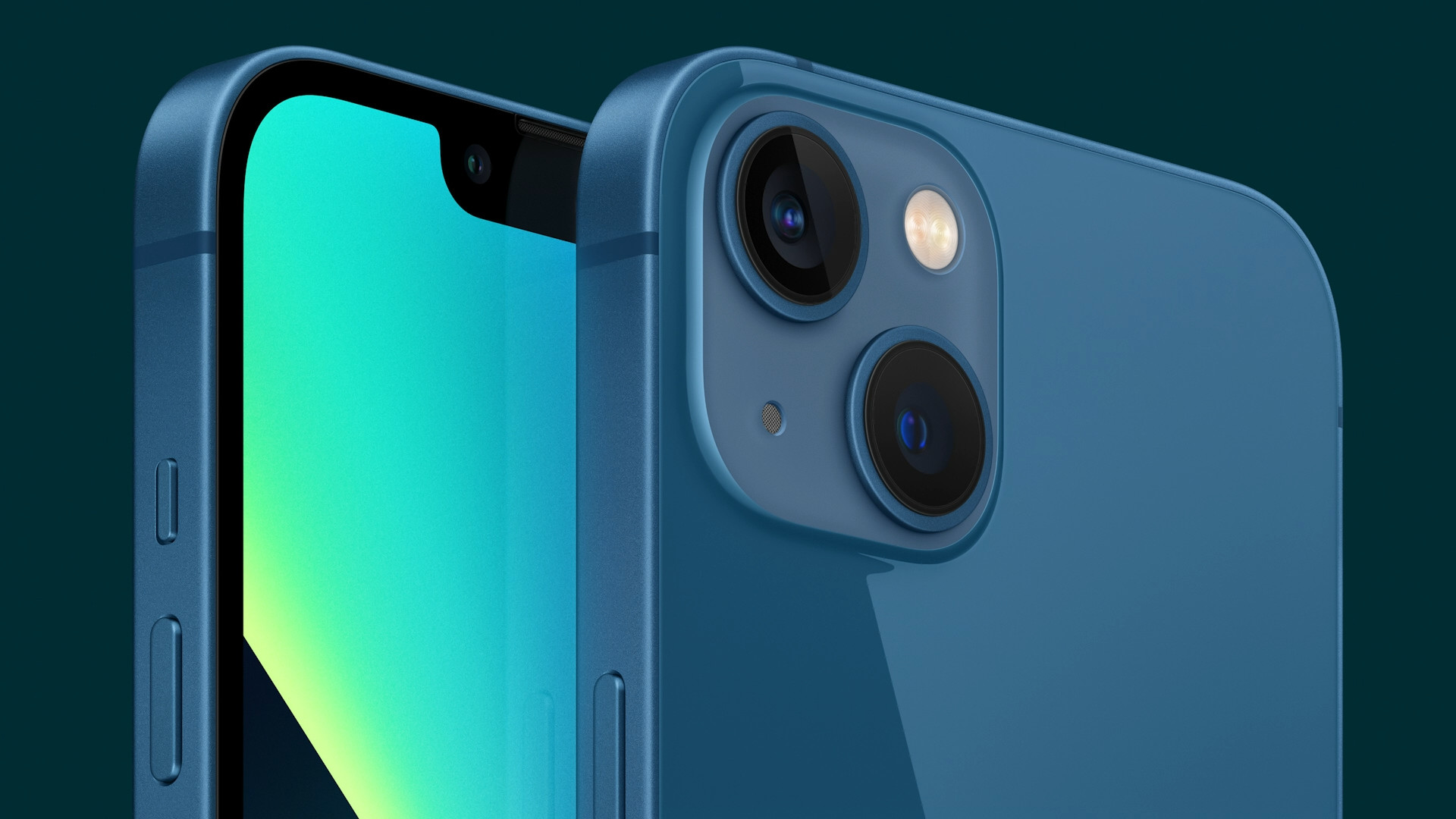
The iPhone 13 (mini) then improved even more in terms of storage. While last year's "twelves" started at 64 GB, while you could pay extra for 128 and 256 GB, this year's series already starts at 128 GB. Subsequently, it is still possible to choose between storage with a capacity of 256 GB and 512 GB. In any case, you must not underestimate the choice of the right storage. Keep in mind that it cannot be extended in any way retroactively.
- Newly introduced Apple products will be available for purchase at, for example Alge, Mobile Emergency or u iStores
Complete comparison in table form:
| iPhone 13 | iPhone 12 | iPhone 13mini | iPhone 12mini | |
| Processor type and cores | Apple A15 Bionic, 6 cores | Apple A14 Bionic, 6 cores | Apple A15 Bionic, 6 cores | Apple A14 Bionic, 6 cores |
| 5G | ✔ | ✔ | ✔ | ✔ |
| RAM | 4 GB | 4 GB | 4 GB | 4 GB |
| Maximum performance for wireless charging | 15 W - MagSafe, Qi 7,5 W | 15 W - MagSafe, Qi 7,5 W | 12 W - MagSafe, Qi 7,5 W | 12 W - MagSafe, Qi 7,5 W |
| Tempered glass - front | ceramic shield | ceramic shield | ceramic shield | ceramic shield |
| Display technology | OLED, Super Retina XDR | OLED, Super Retina XDR | OLED, Super Retina XDR | OLED, Super Retina XDR |
| Display resolution and finesse | 2532 x 1170 pixels, 460 PPI | 2532 x 1170 pixels, 460 PPI |
2340 x 1080 pixels, 476 PPI
|
2340 x 1080 pixels, 476 PPI |
| Number and type of lenses | 2; wide-angle and ultra-wide-angle | 2; wide-angle and ultra-wide-angle | 2; wide-angle and ultra-wide-angle | 2; wide-angle and ultra-wide-angle |
| Aperture numbers of lenses | f/1.6, f/2.4 | f/1.6, f/2.4 | f/1.6, f/2.4 | f/1.6, f/2.4 |
| Lens resolution | All 12 Mpx | All 12 Mpx | All 12 Mpx | All 12 Mpx |
| Maximum video quality | HDR Dolby Vision 4K 60 FPS | HDR Dolby Vision 4K 30 FPS | HDR Dolby Vision 4K 60 FPS | HDR Dolby Vision 4K 30 FPS |
| Film mode | ✔ | × | ✔ | × |
| ProRes video | × | × | × | × |
| Front camera | 12 Mpx | 12 Mpx | 12 Mpx | 12 Mpx |
| Internal storage | 128 GB, 256 GB, 512 GB | 64 GB, 128 GB, 256 GB | 128 GB, 256 GB, 512 GB | 64 GB, 128 GB, 256 GB |
| Color | star white, dark ink, blue, pink and (PRODUCT)RED | purple, blue, green, (PRODUCT)RED, white and black | star white, dark ink, blue, pink and (PRODUCT)RED | purple, blue, green, (PRODUCT)RED, white and black |
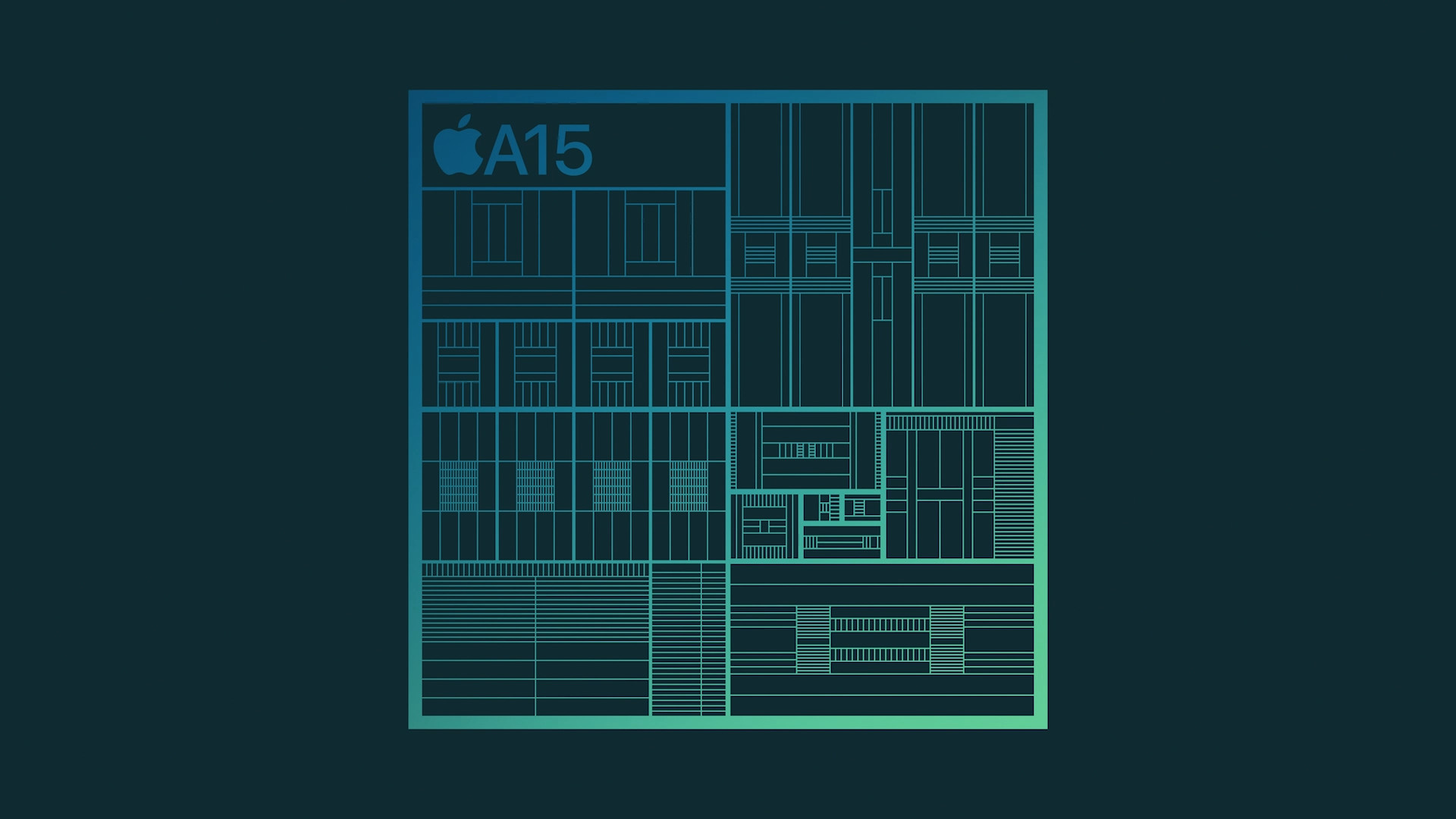
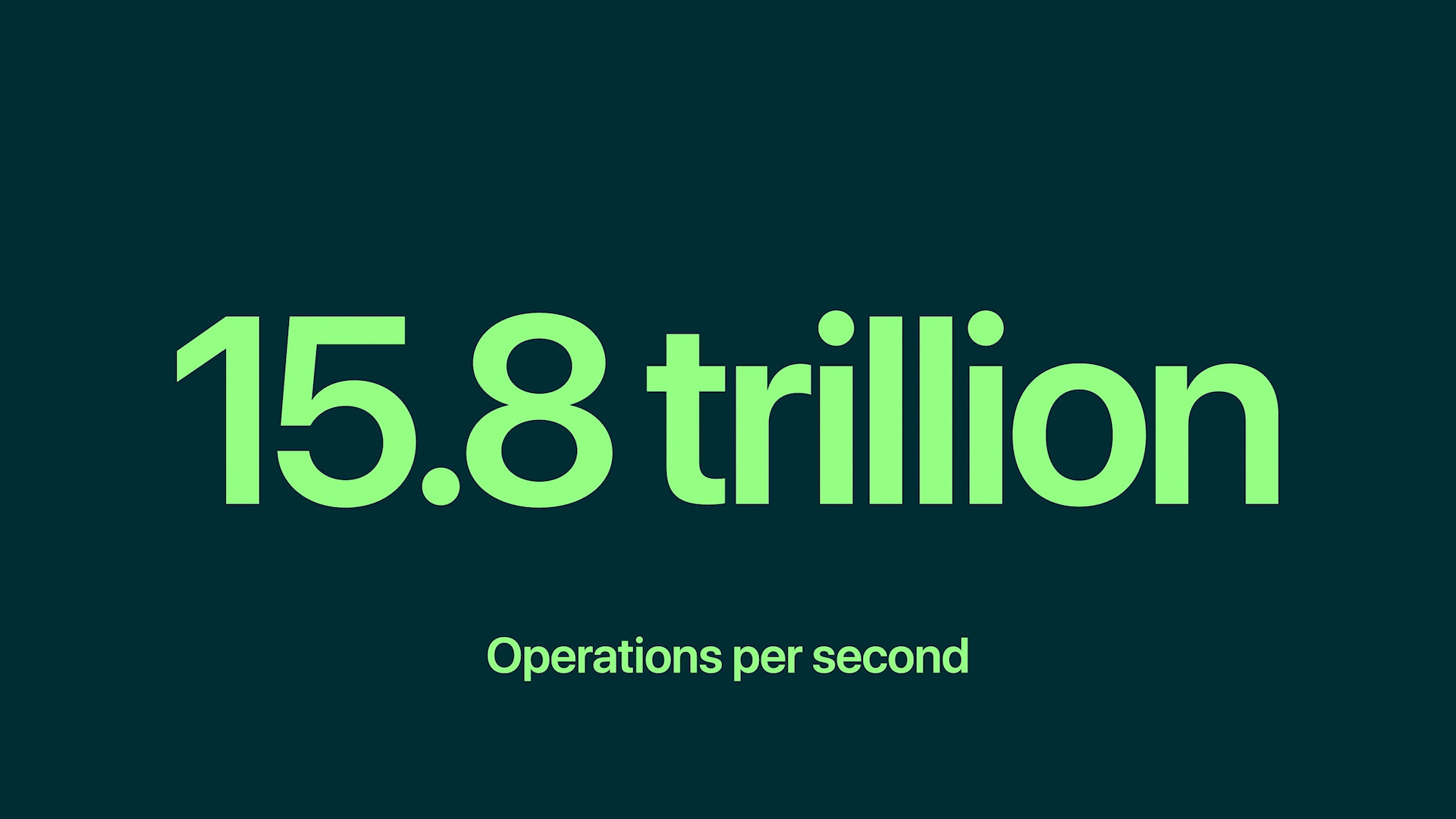

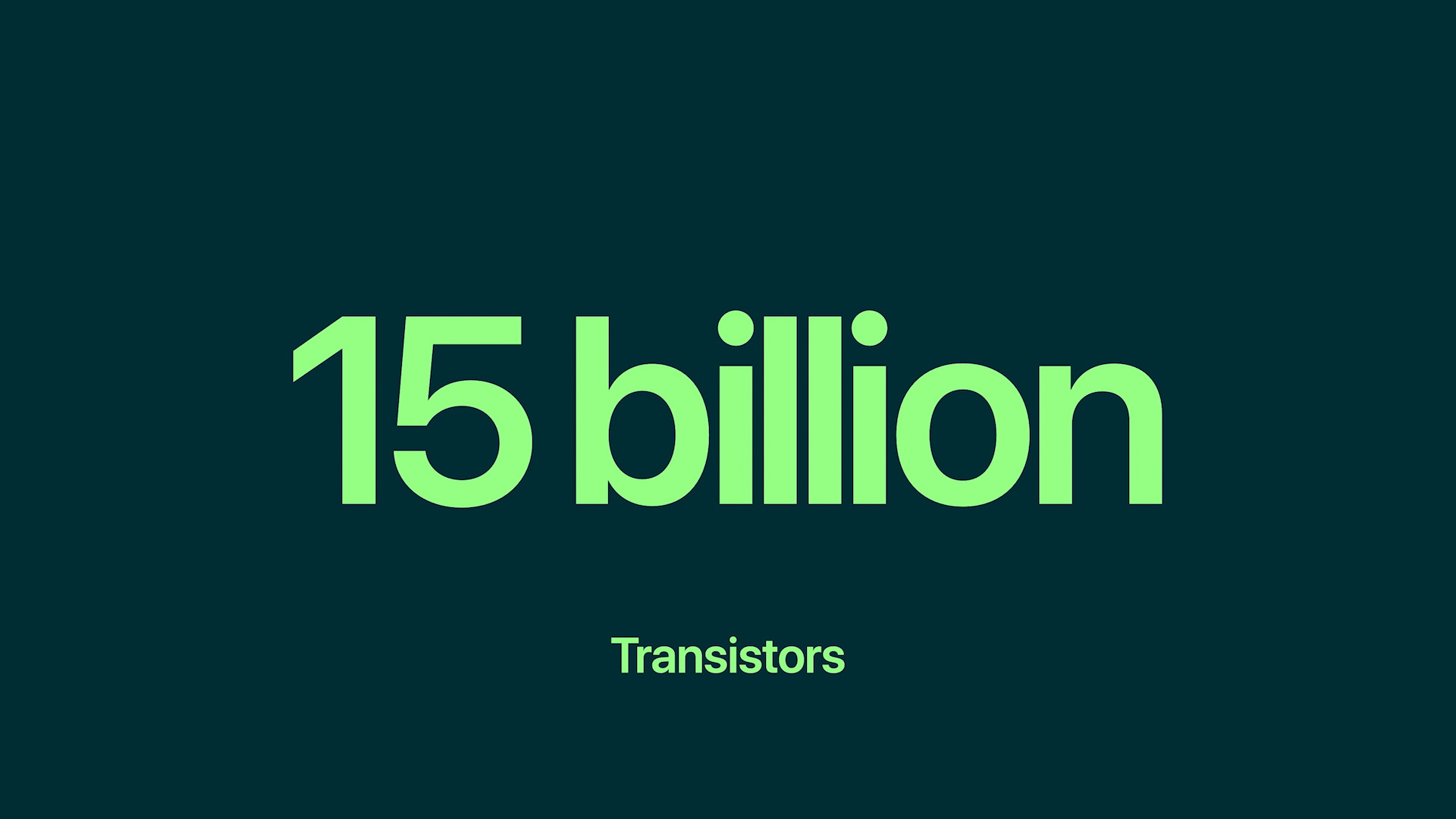
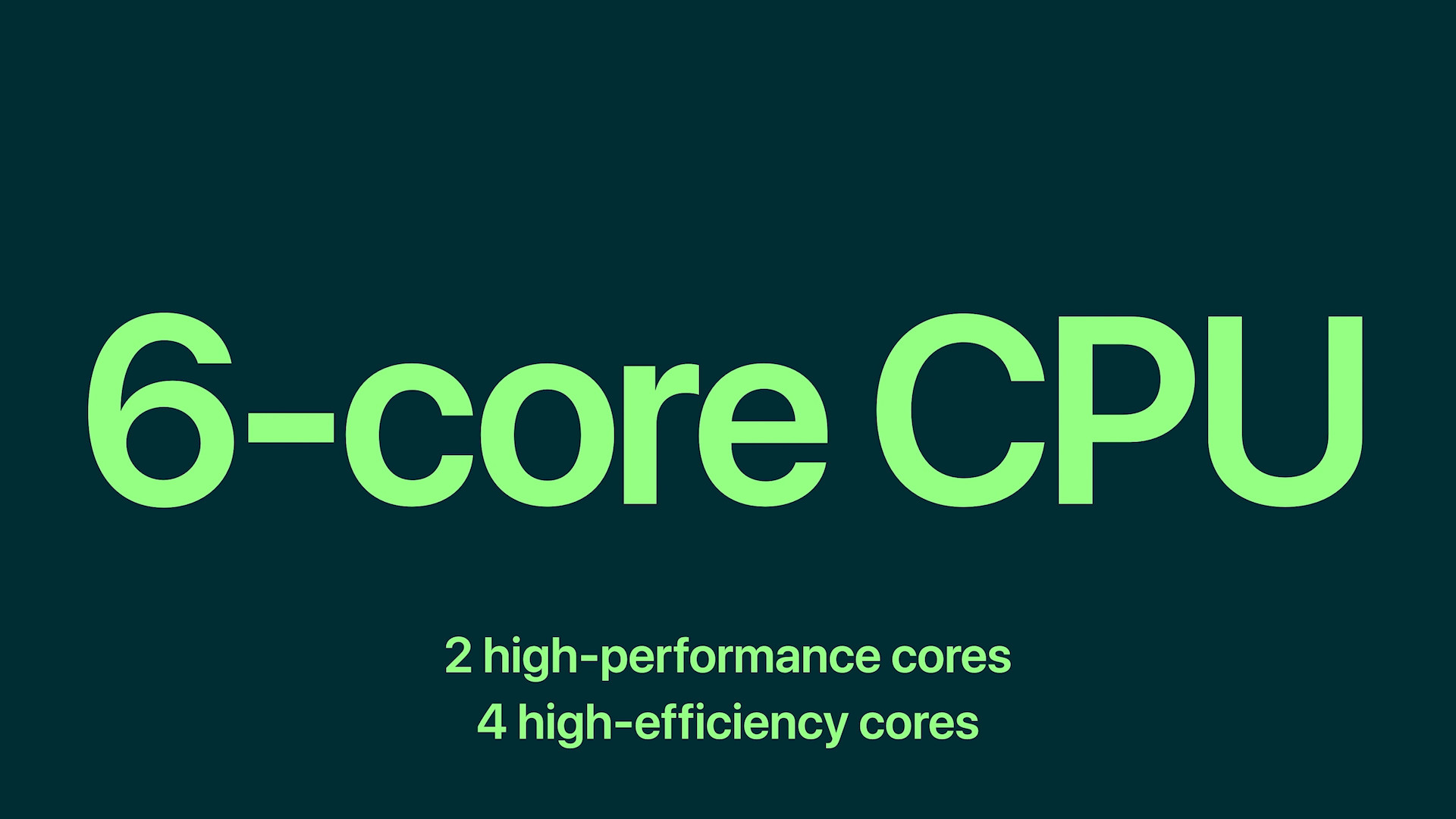
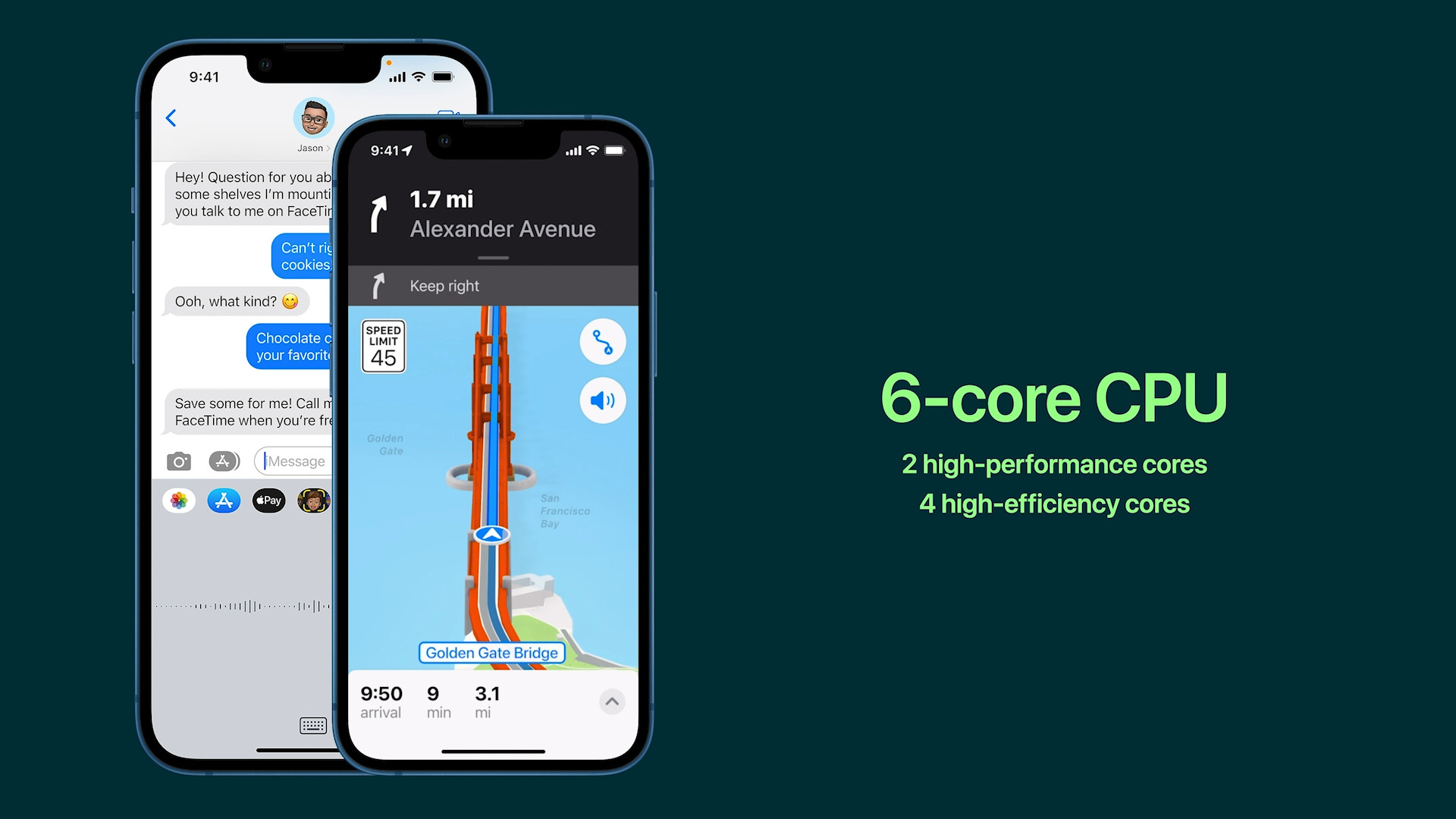
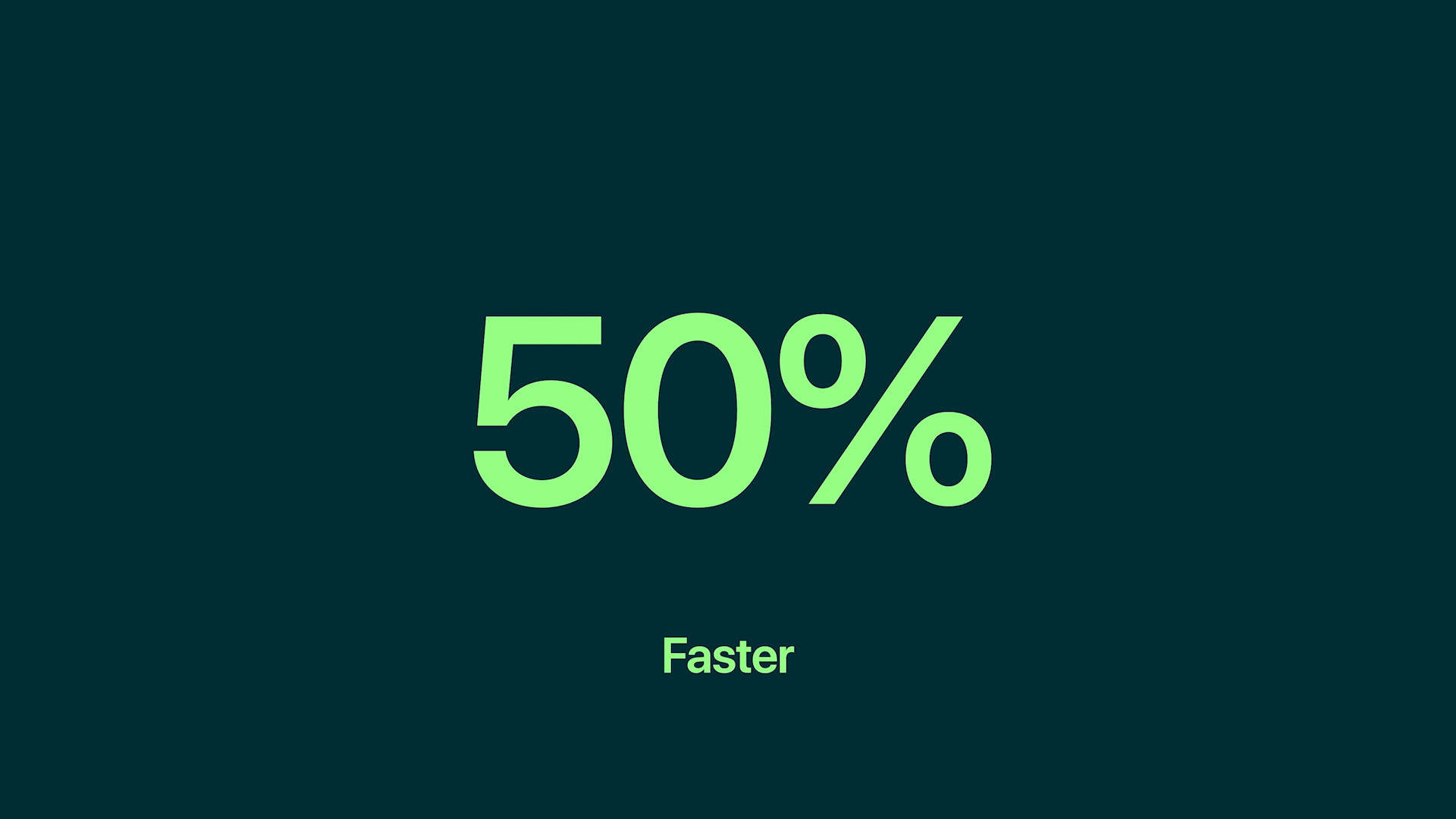
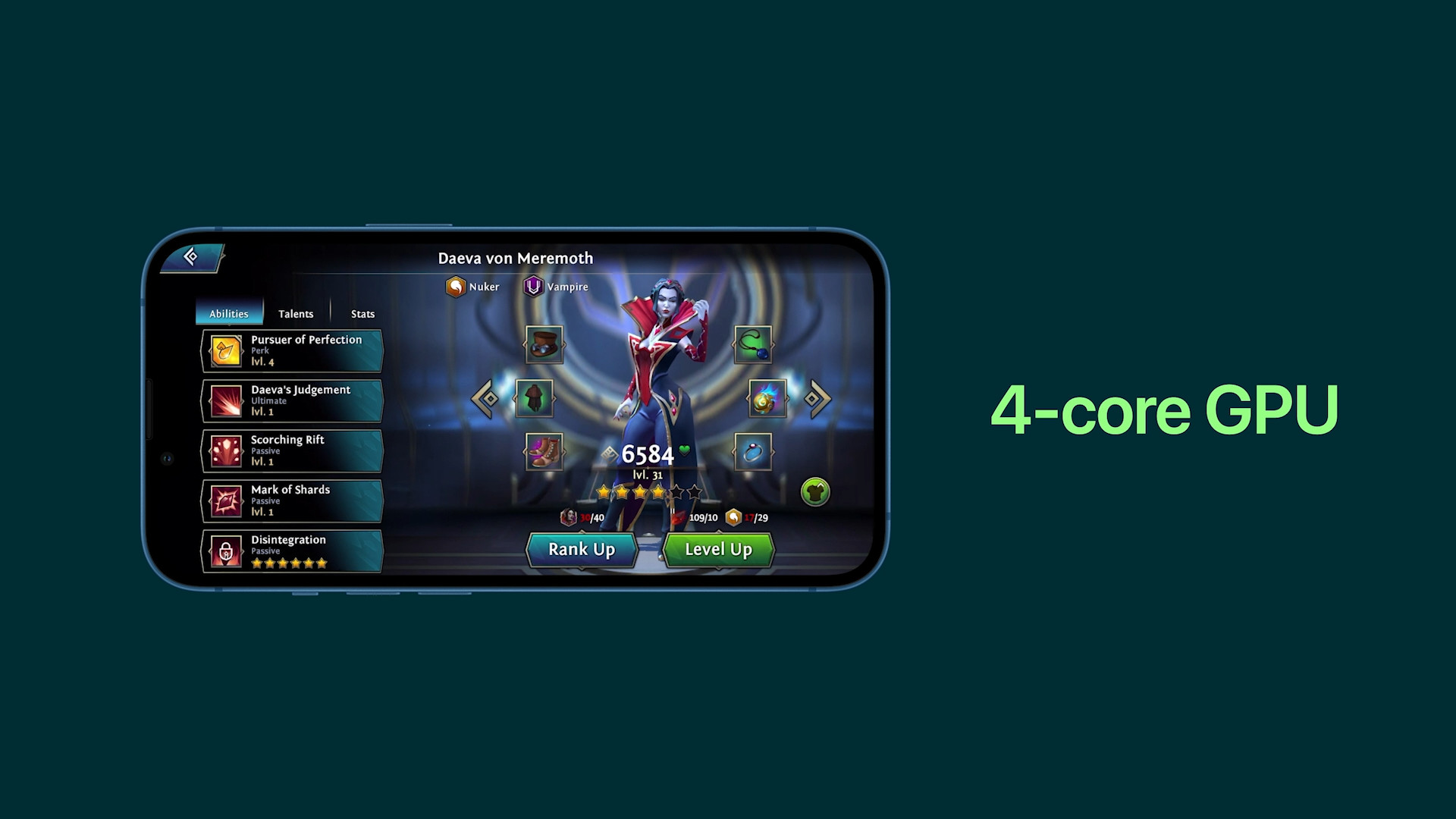
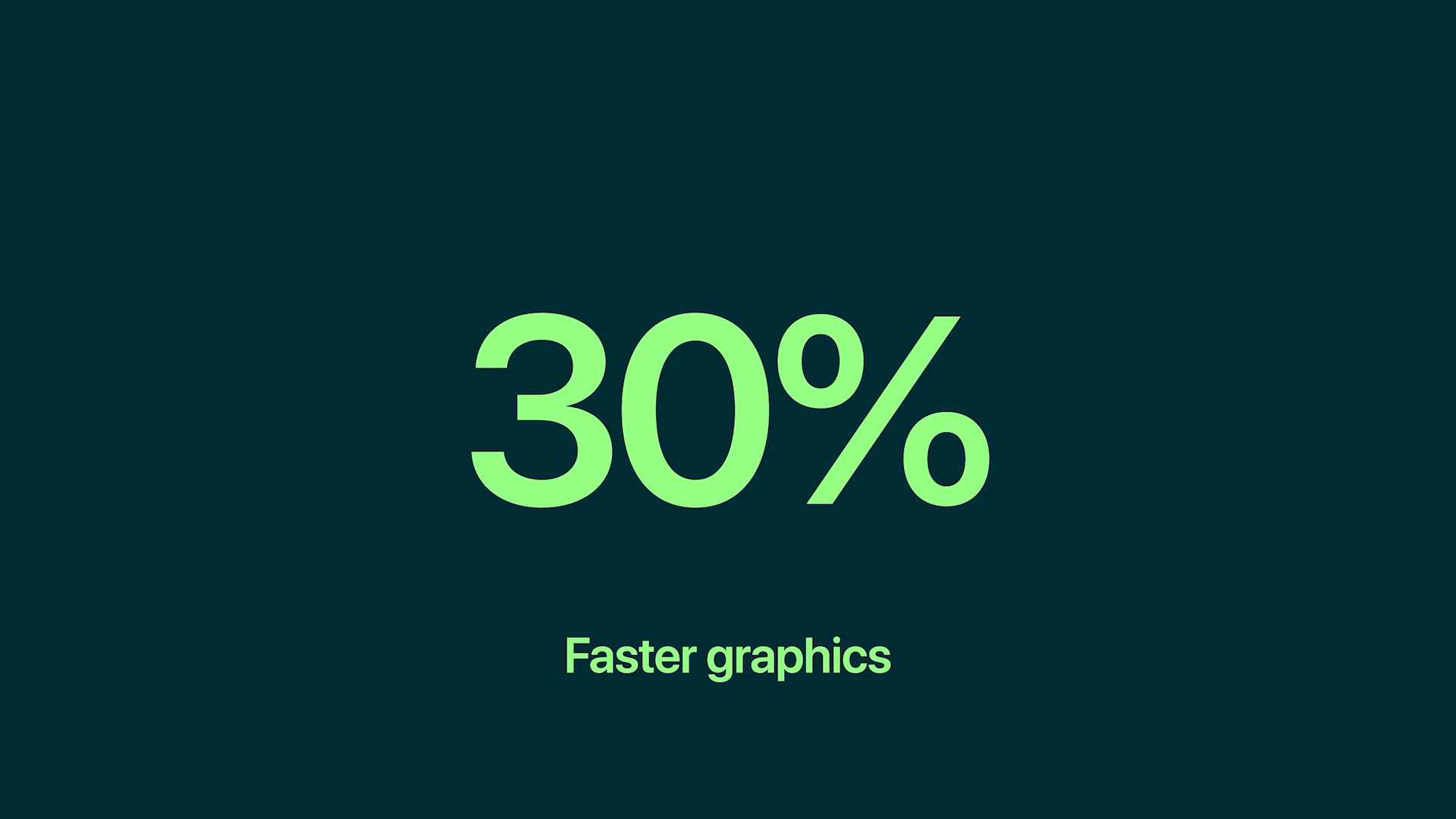

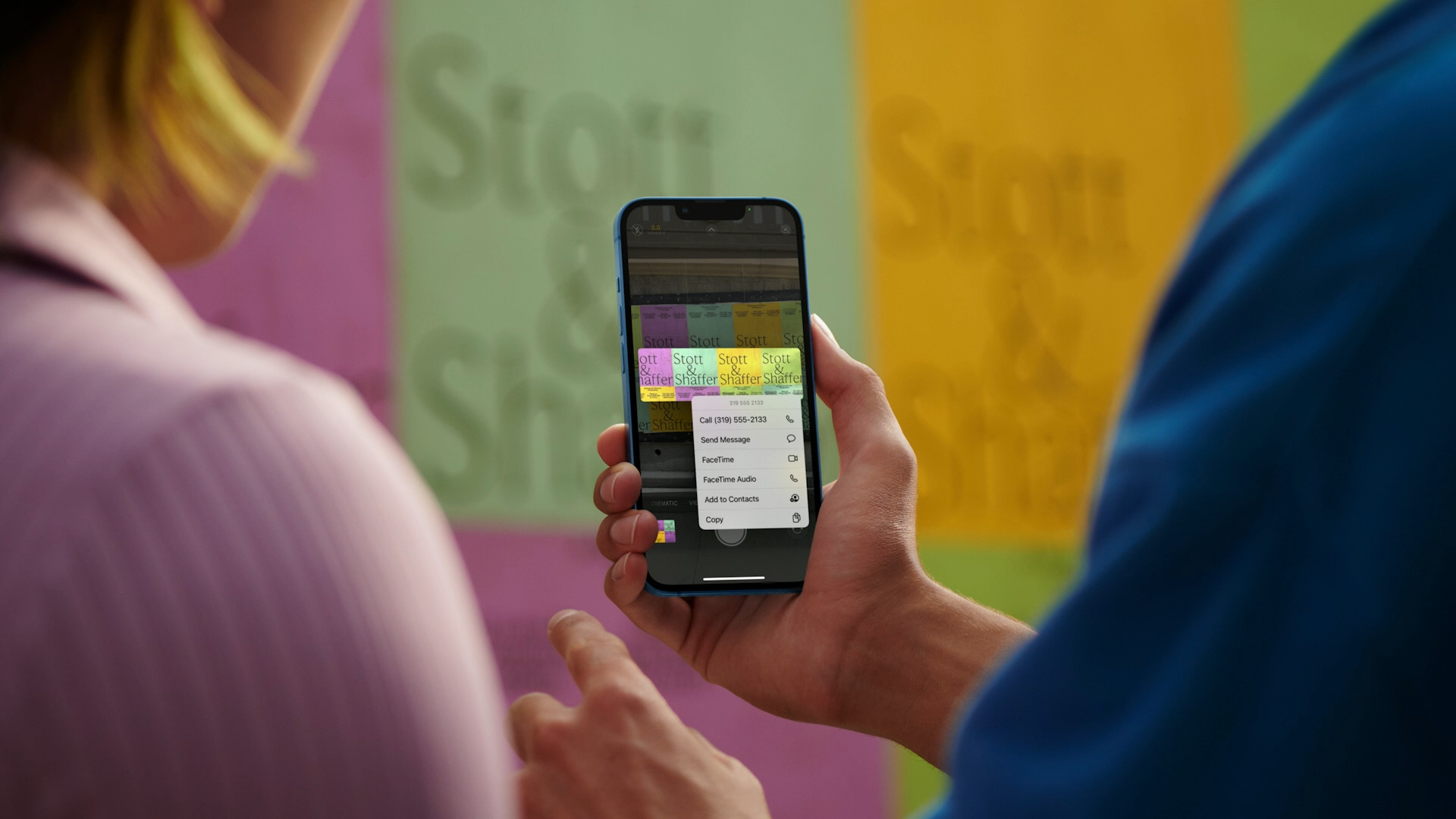

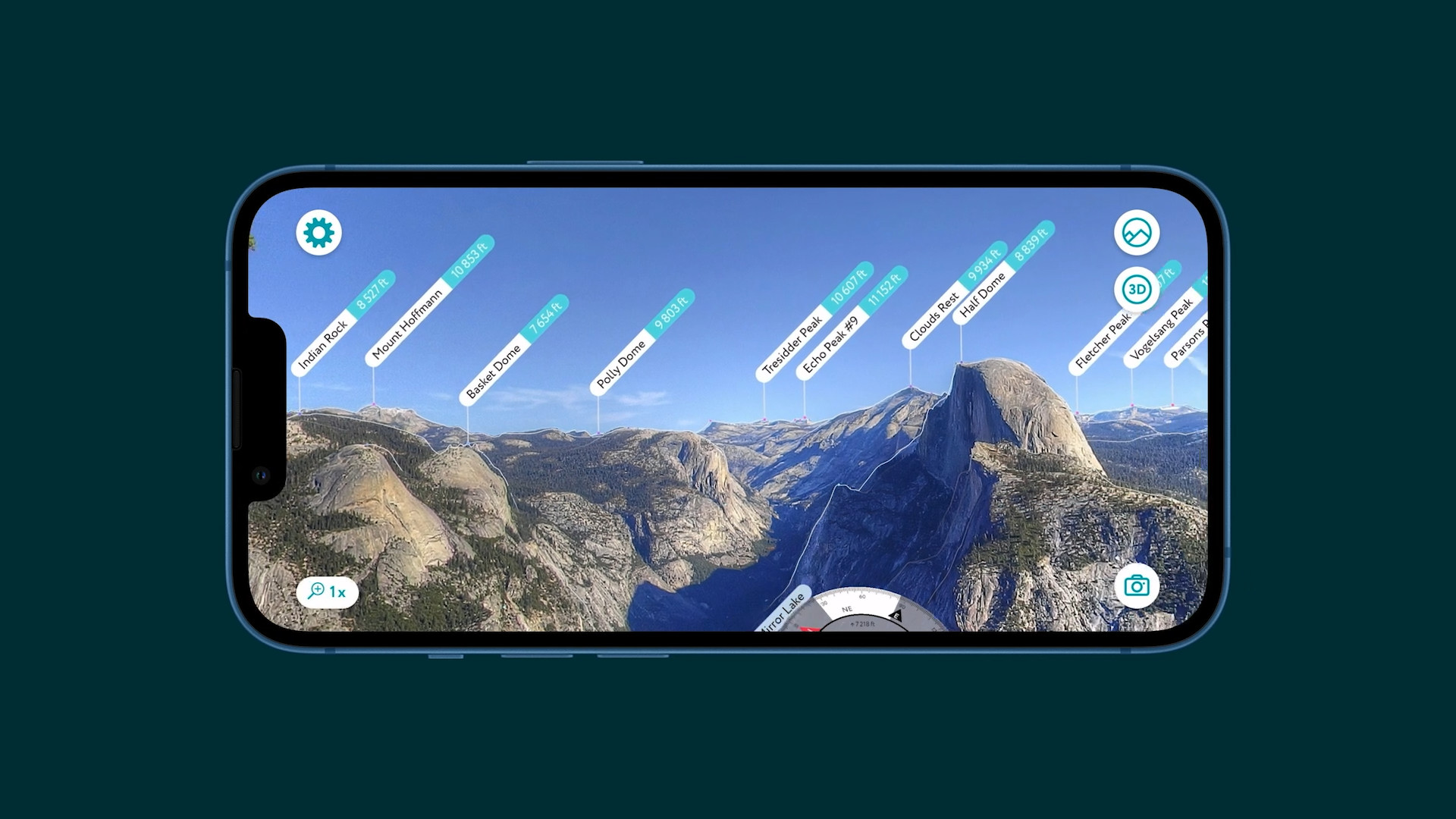
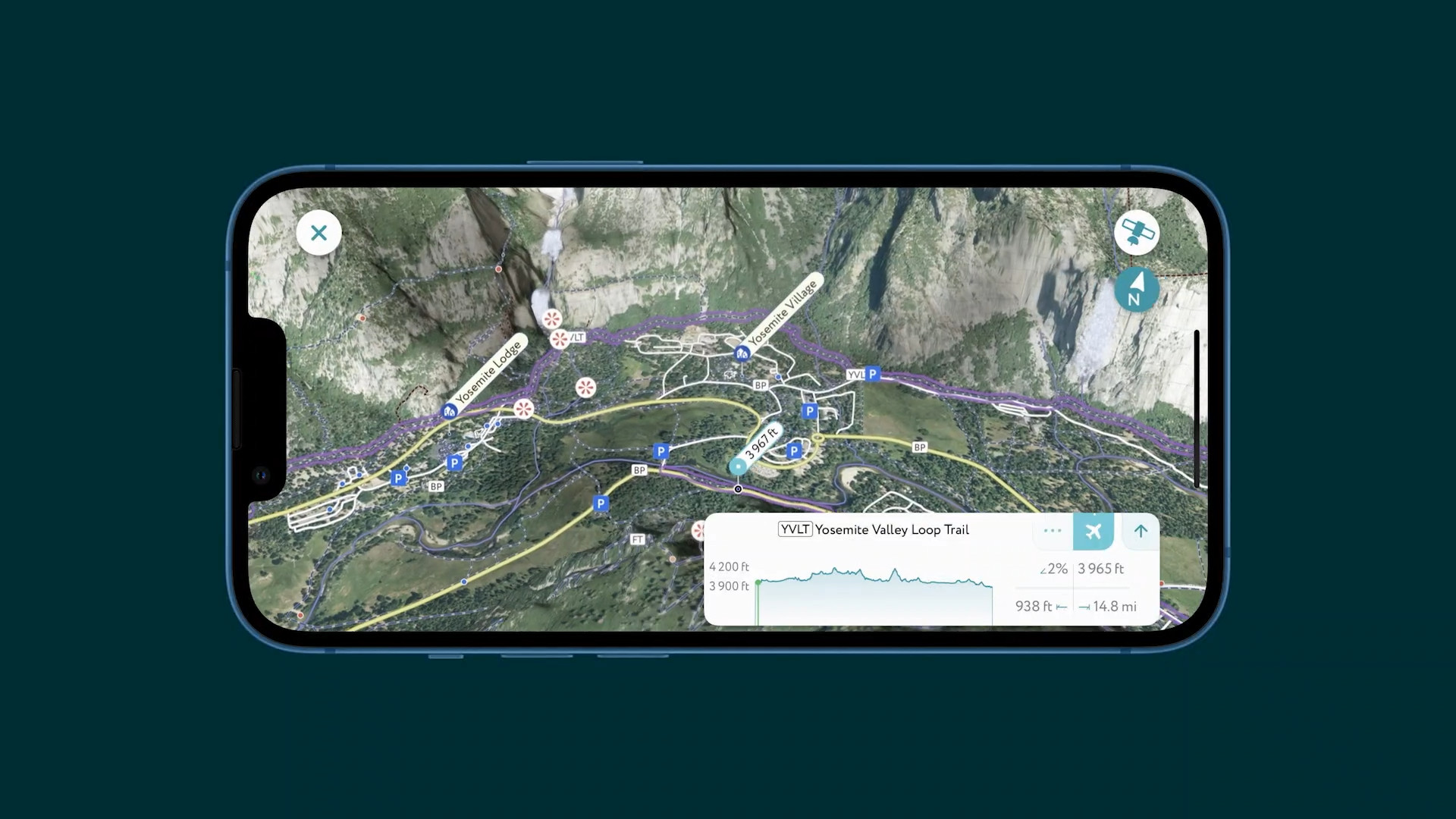
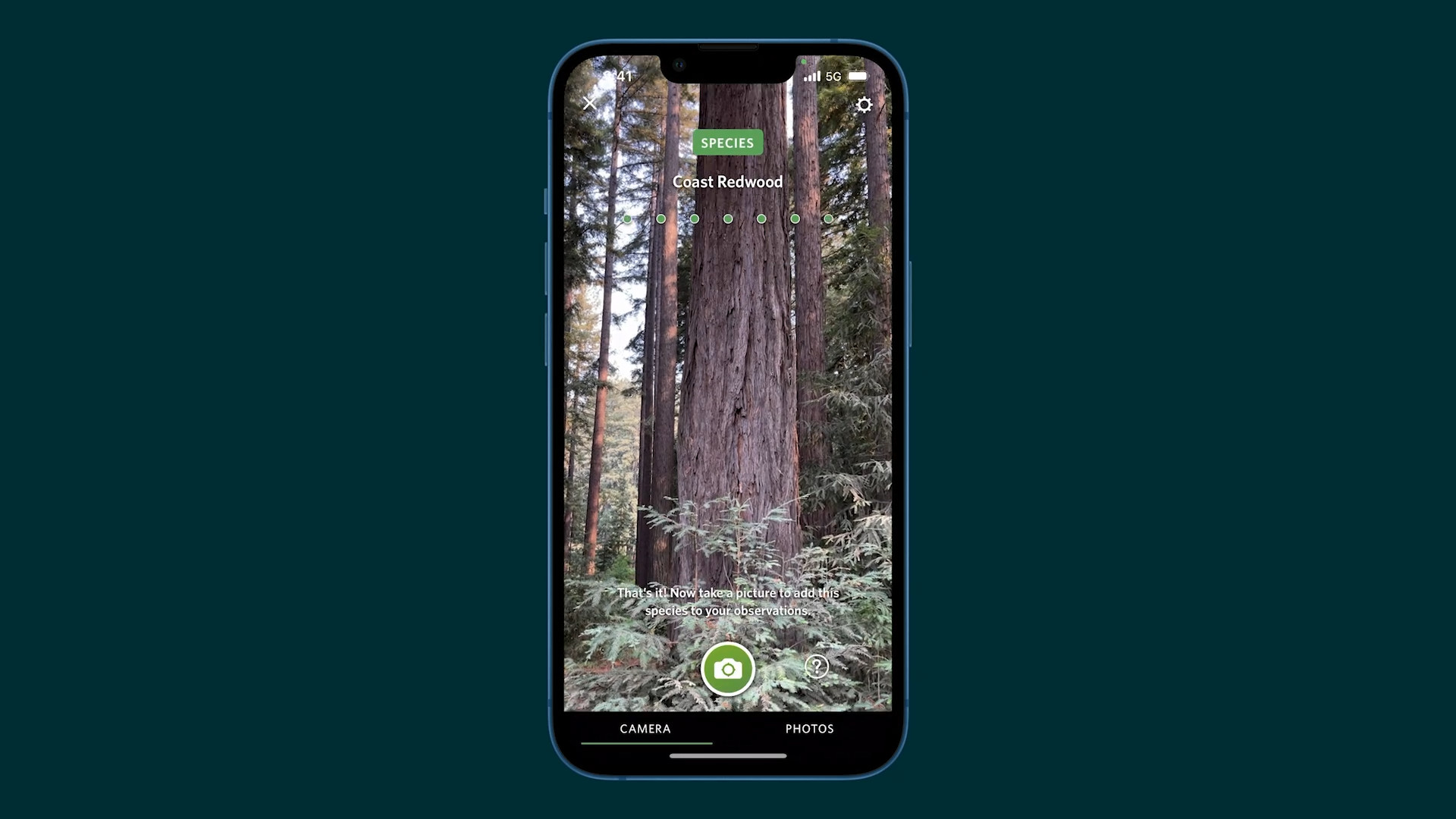
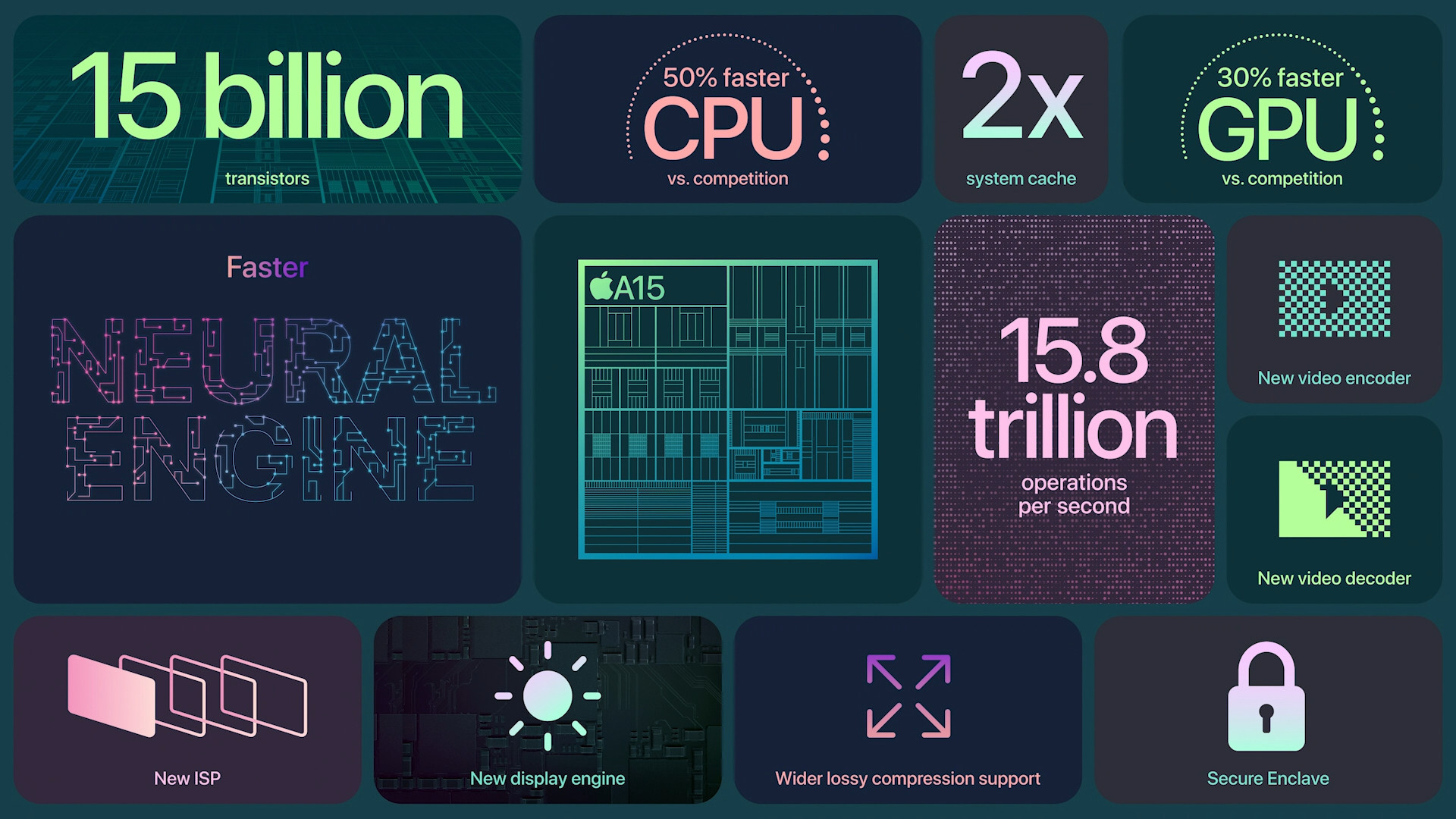
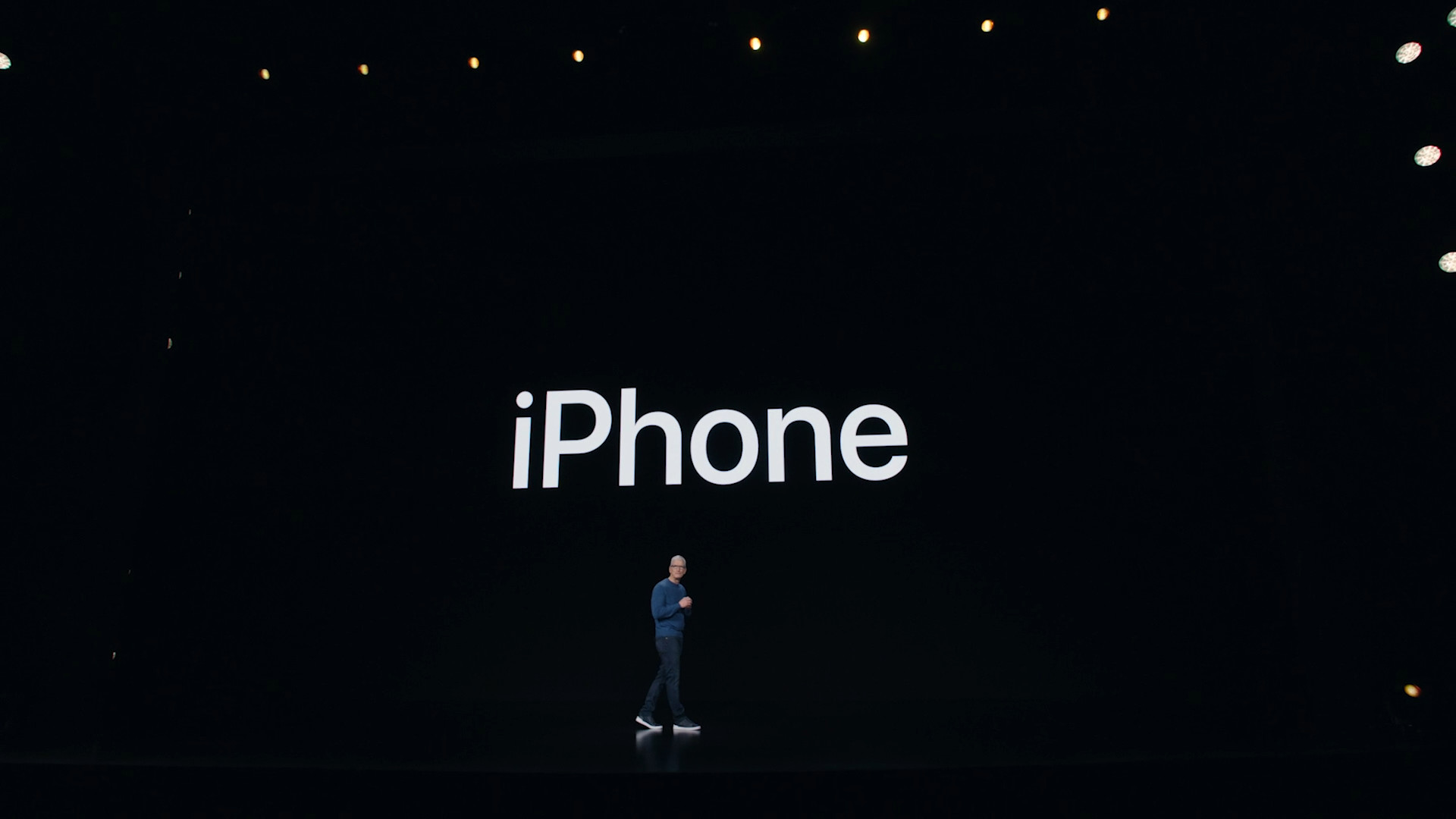



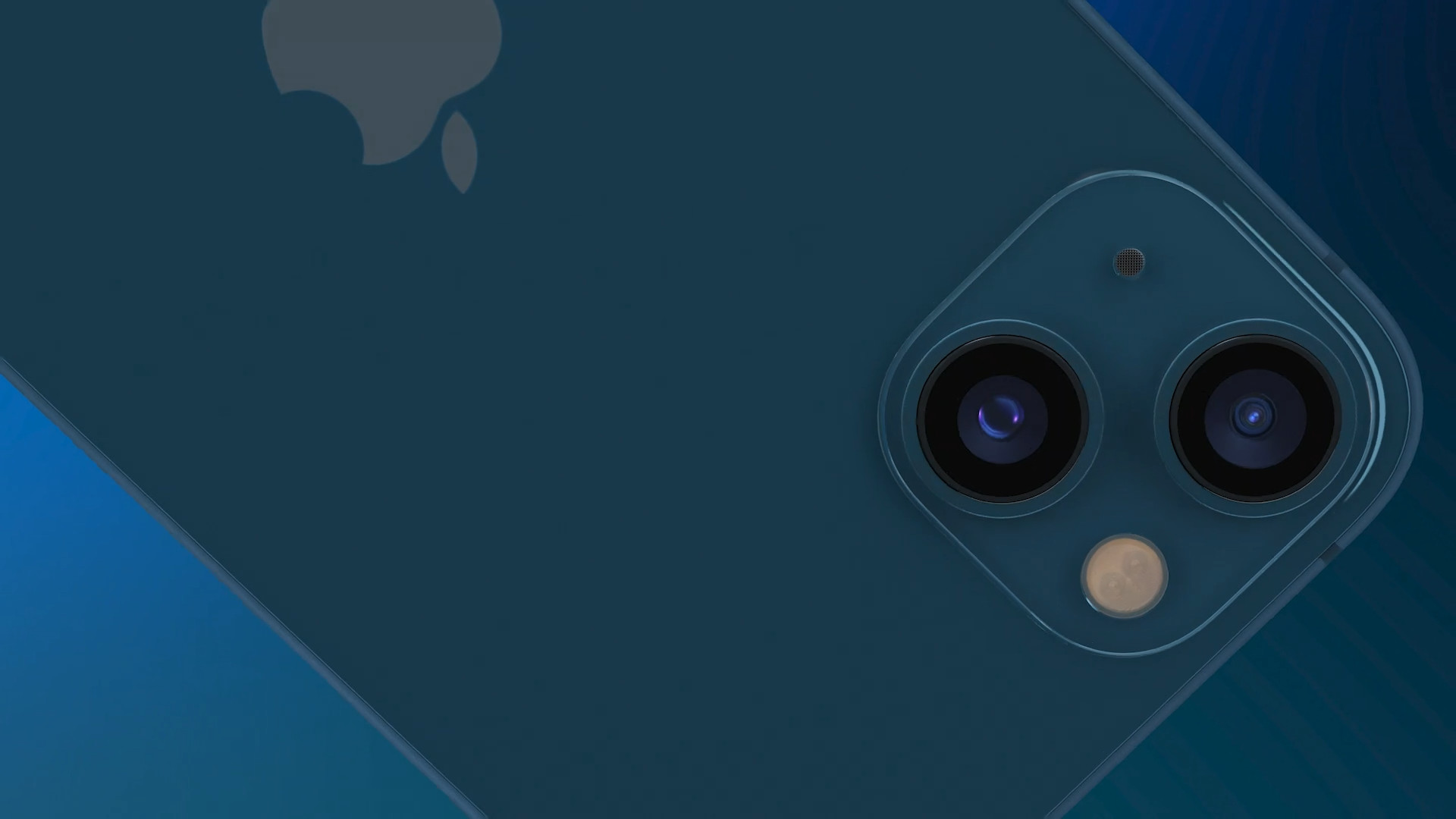
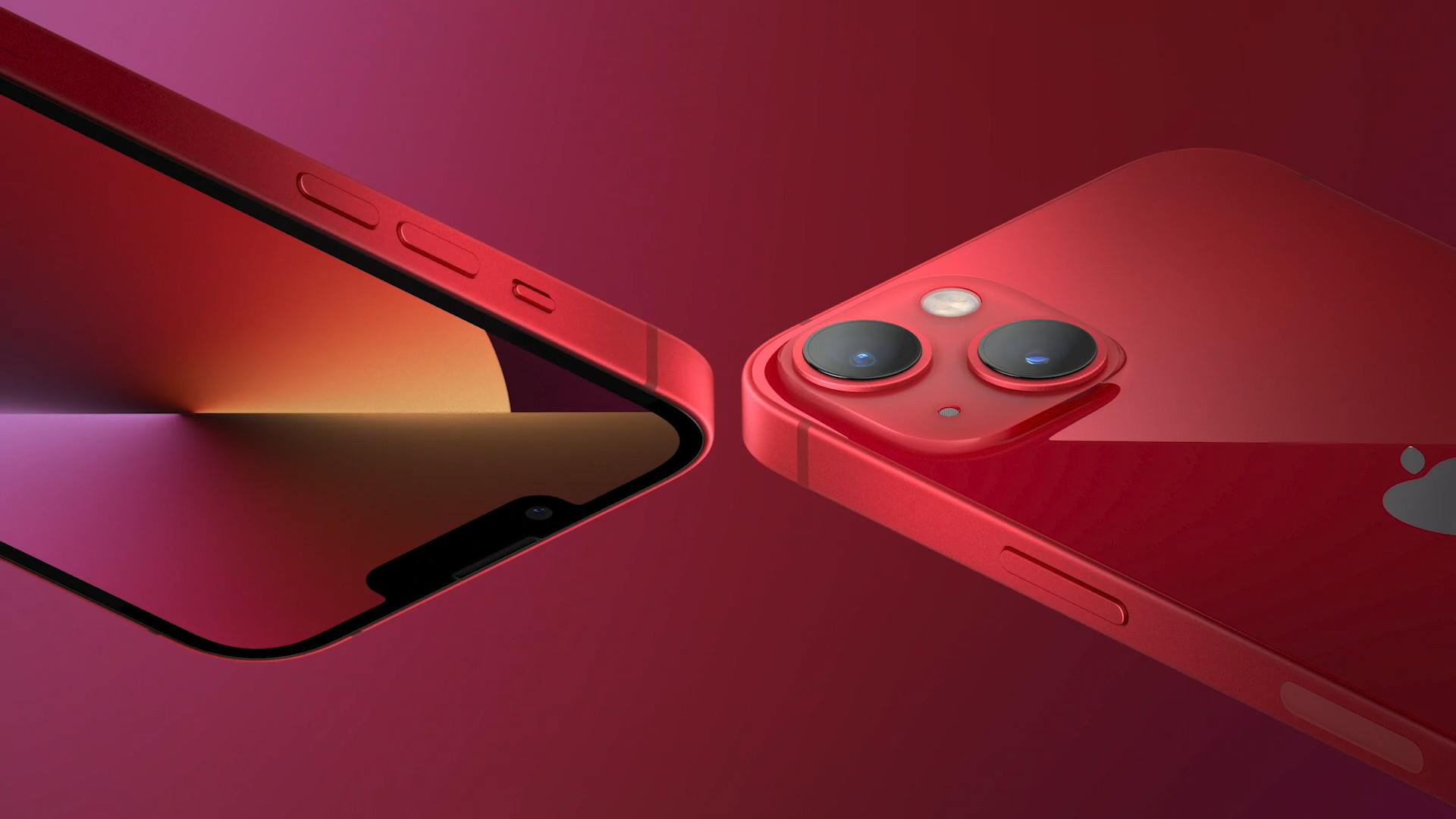
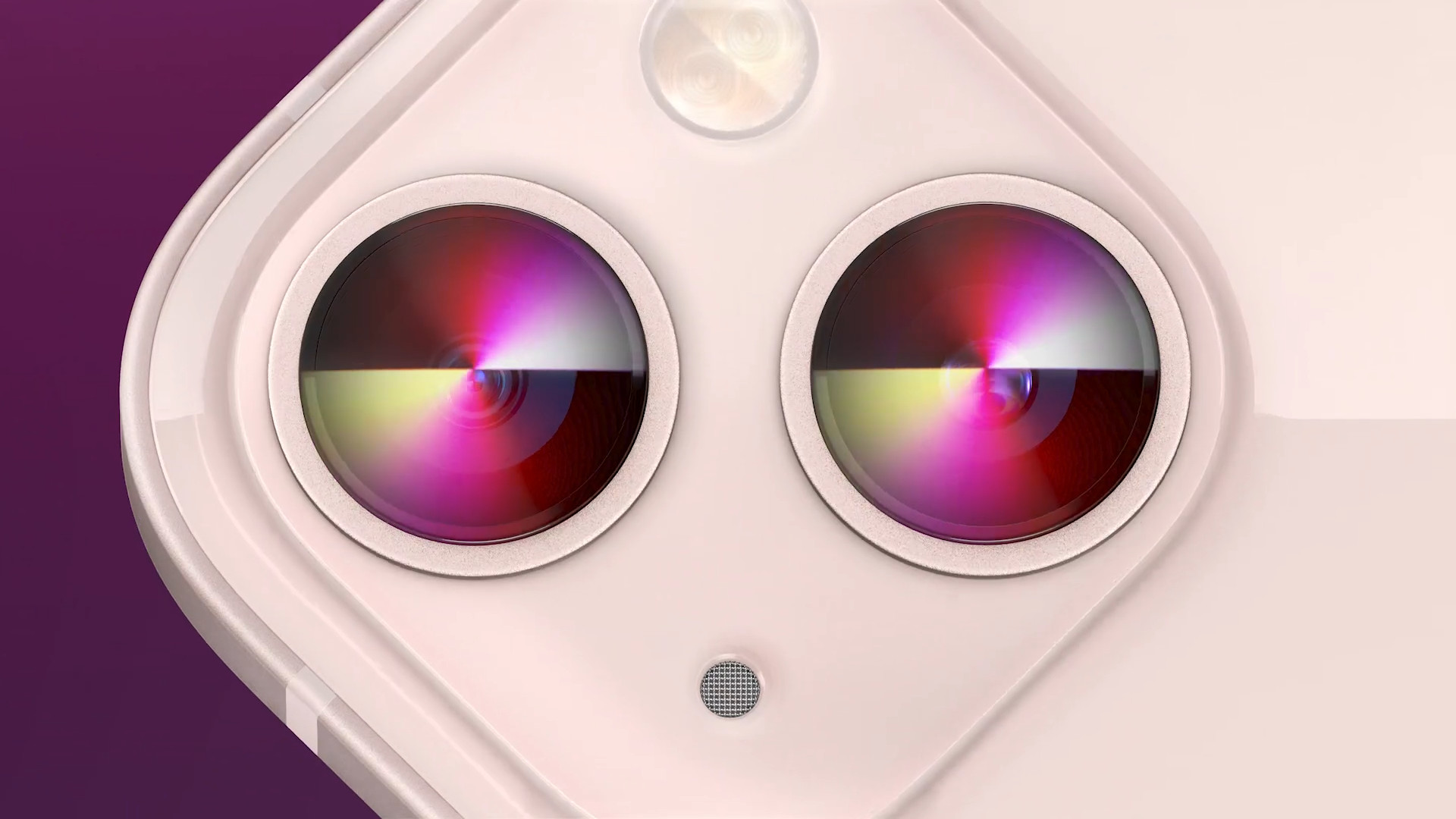
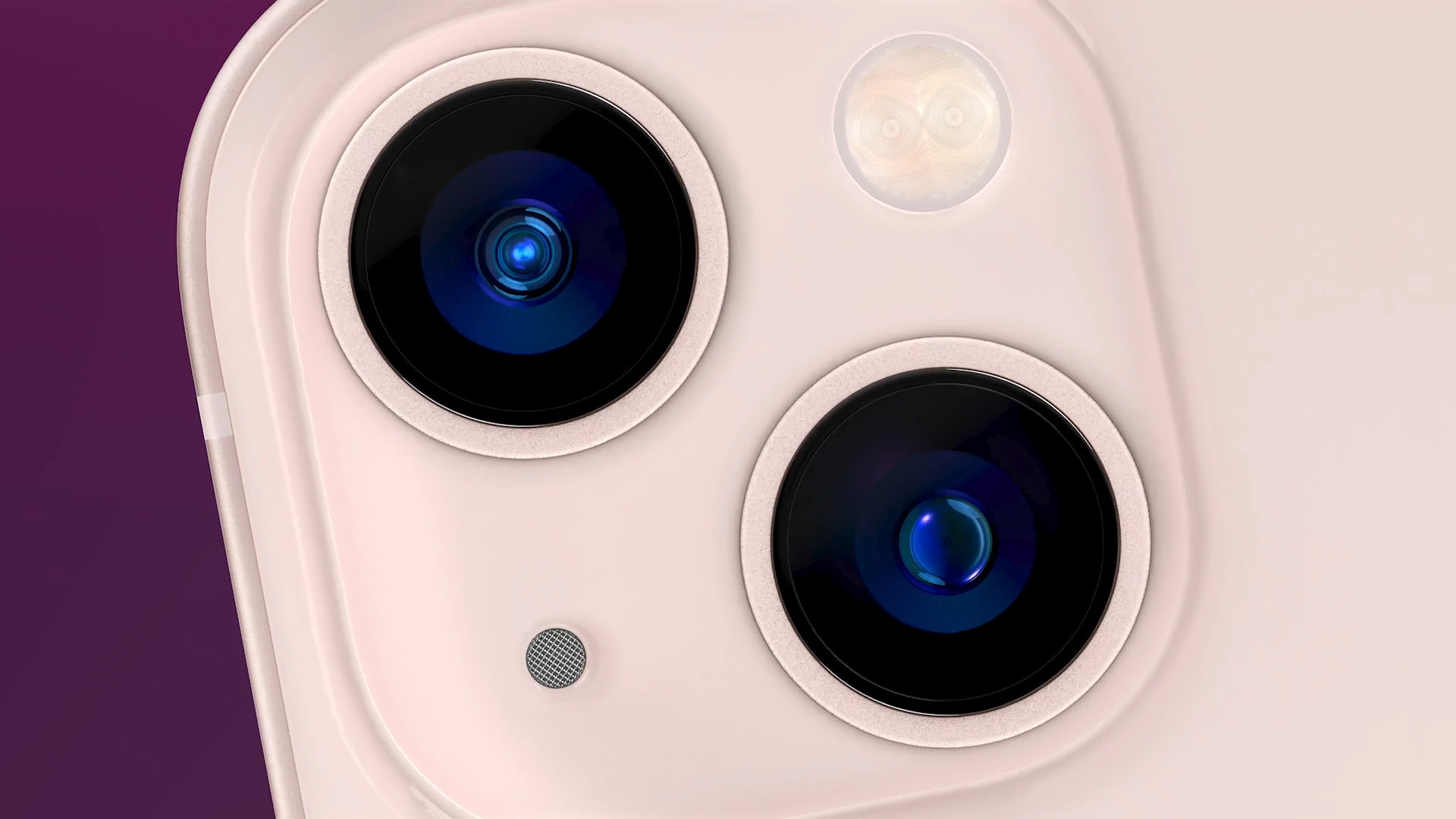

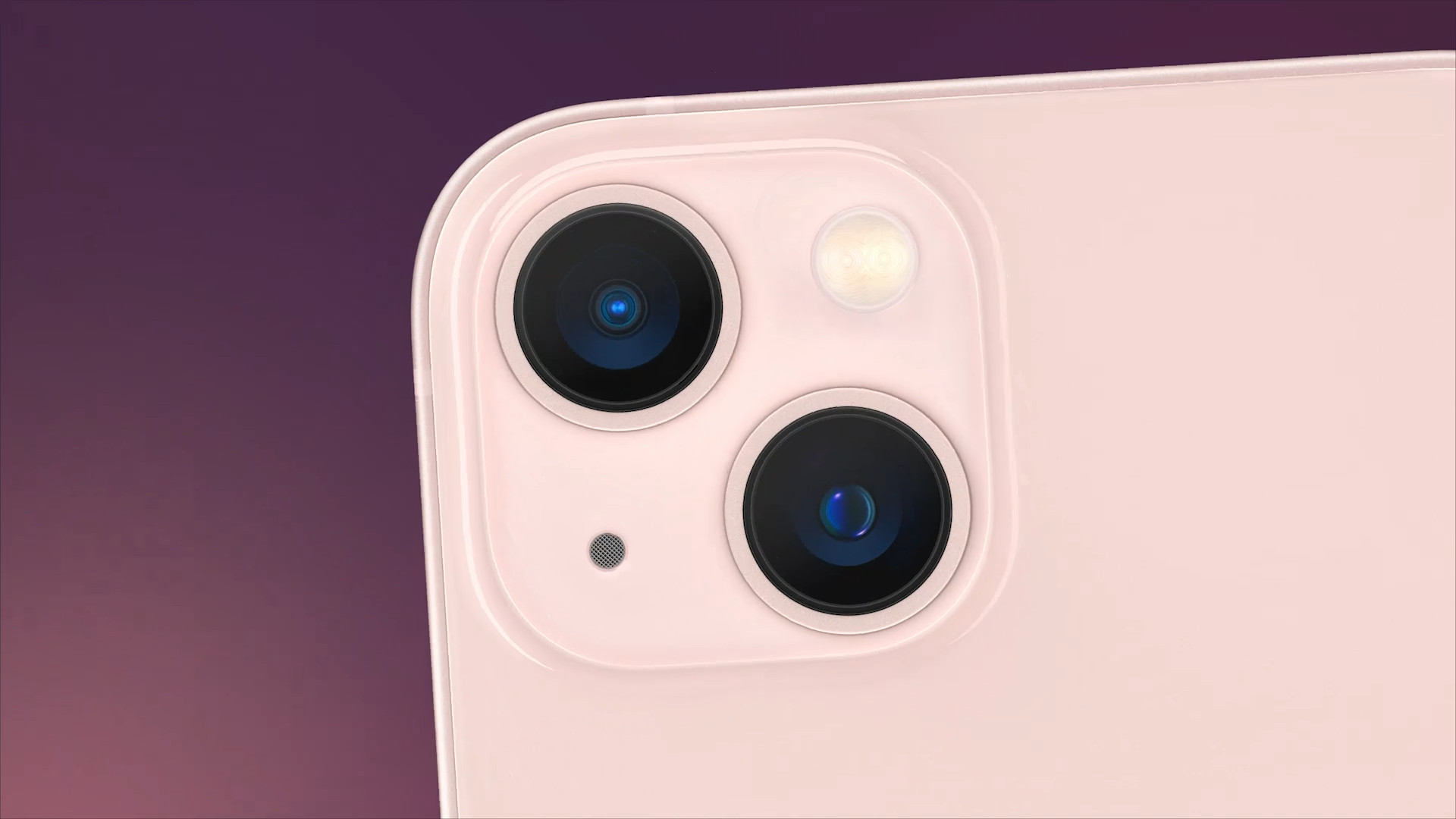

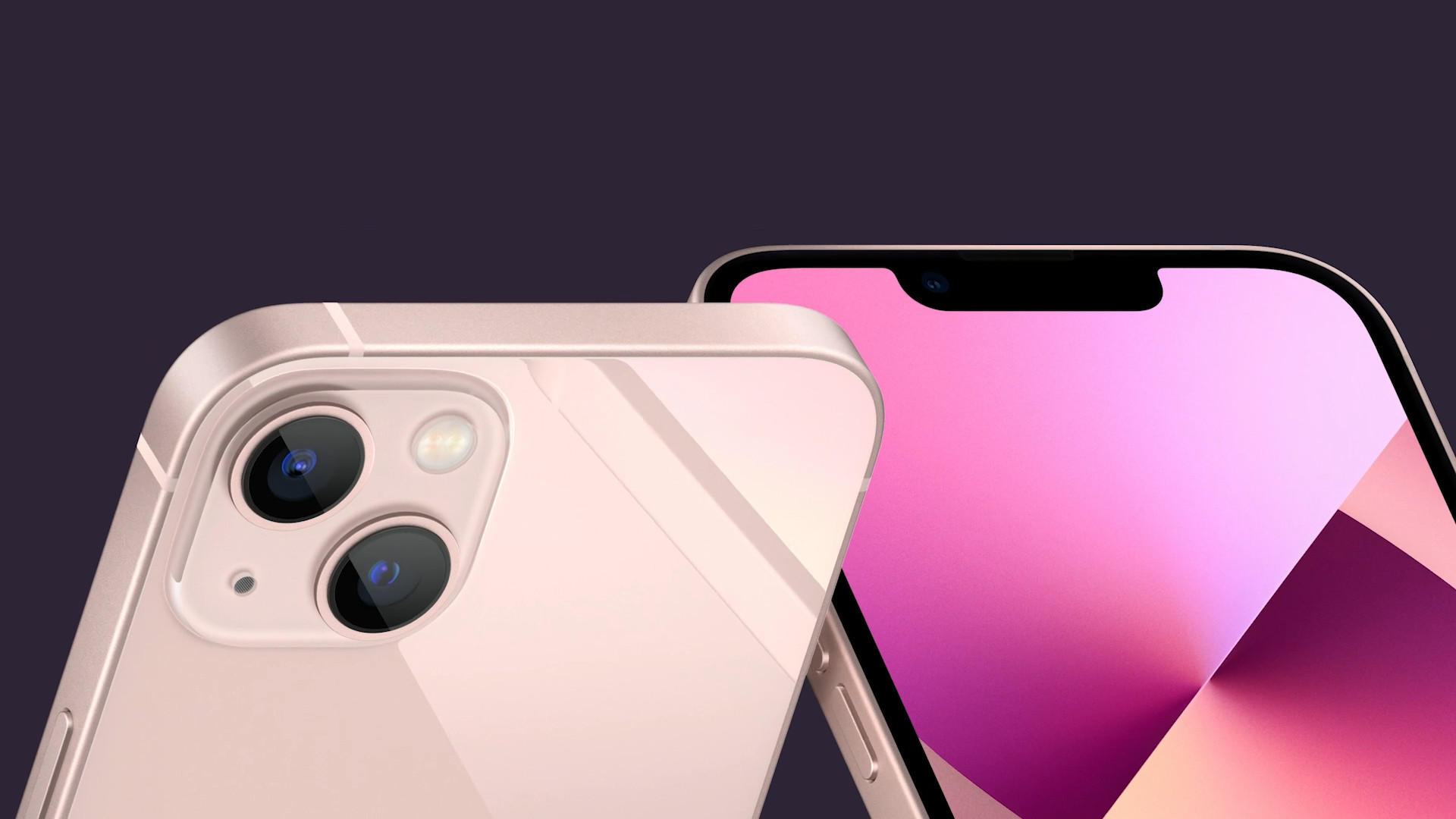
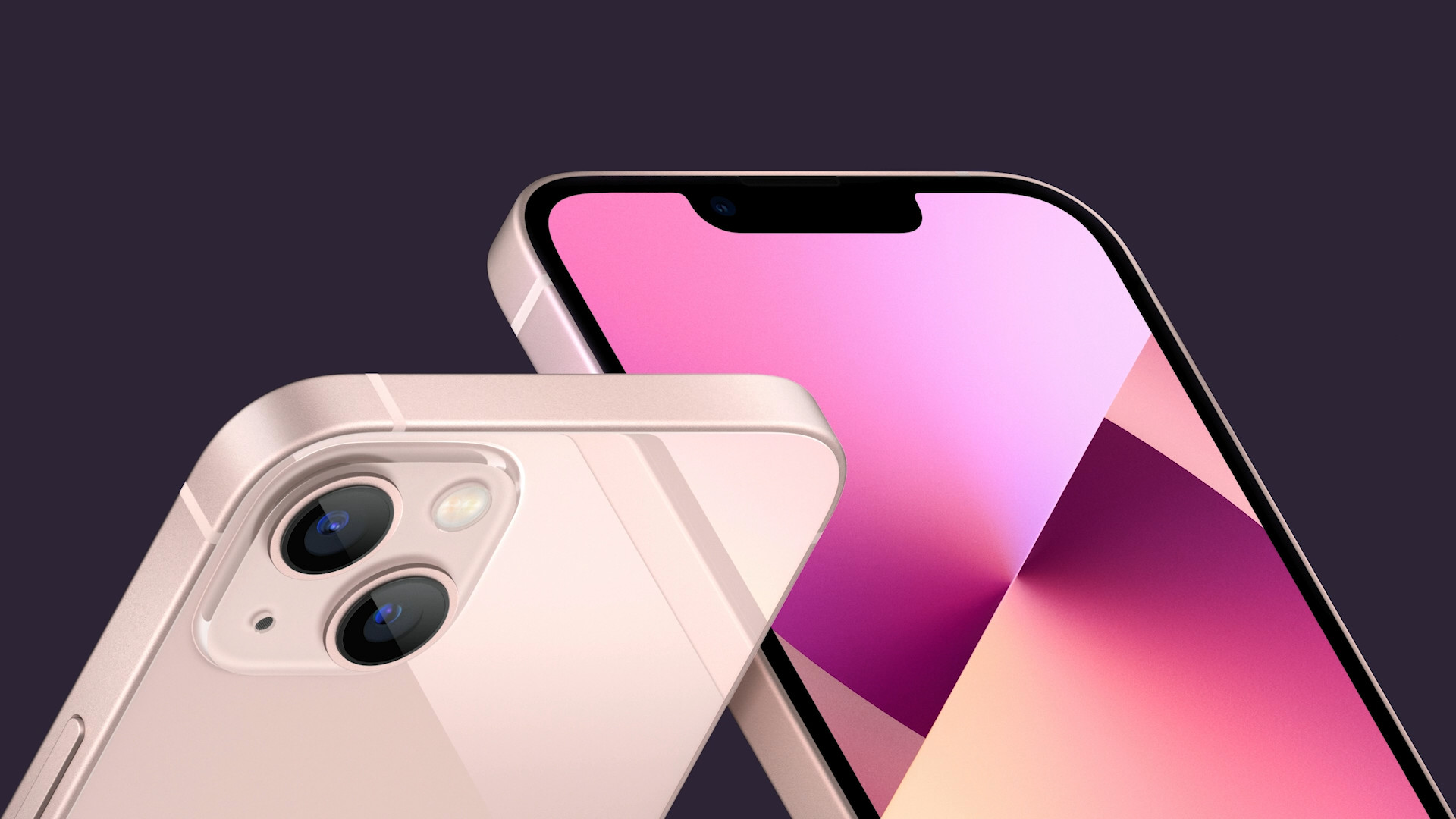
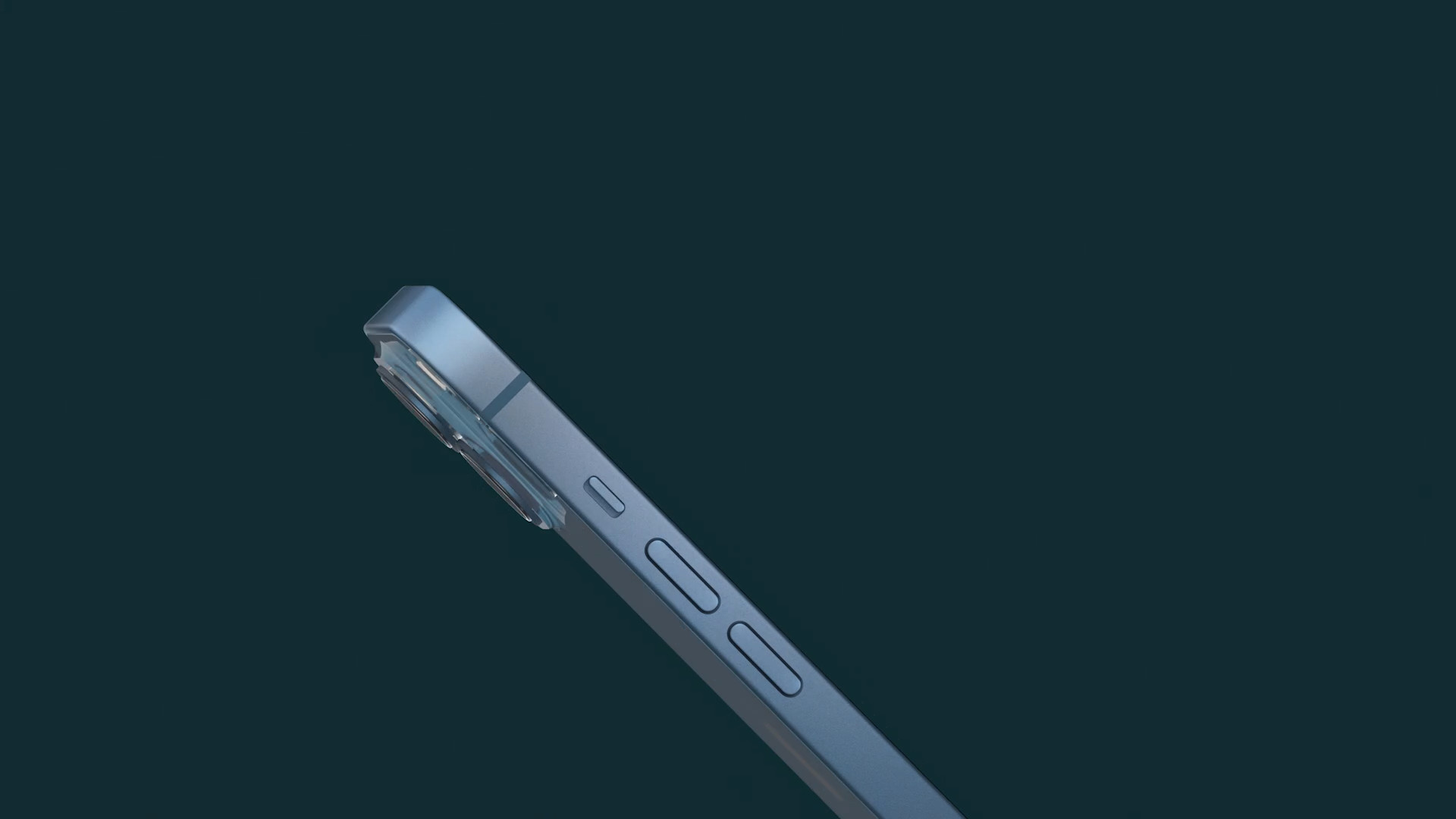
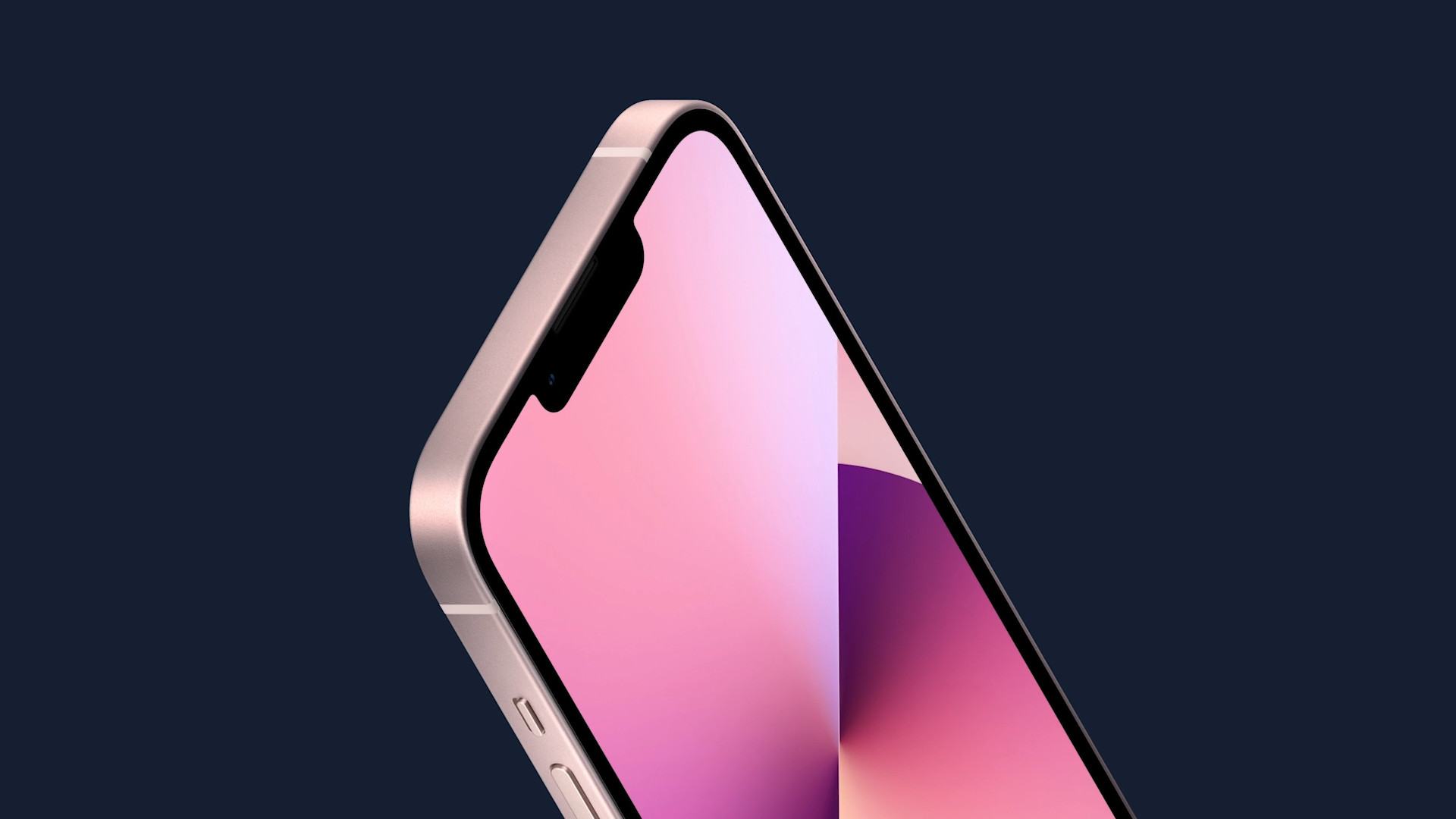
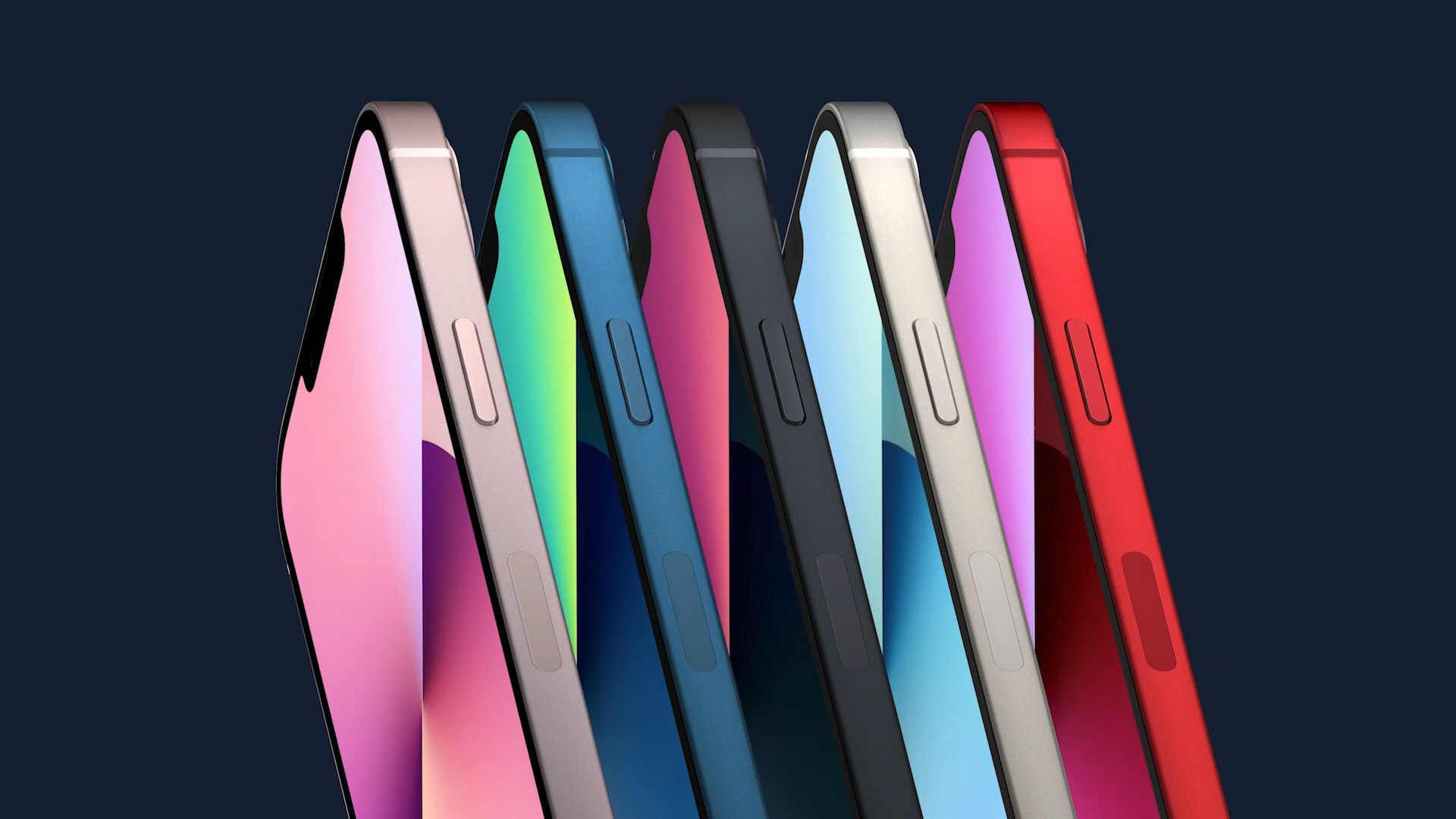


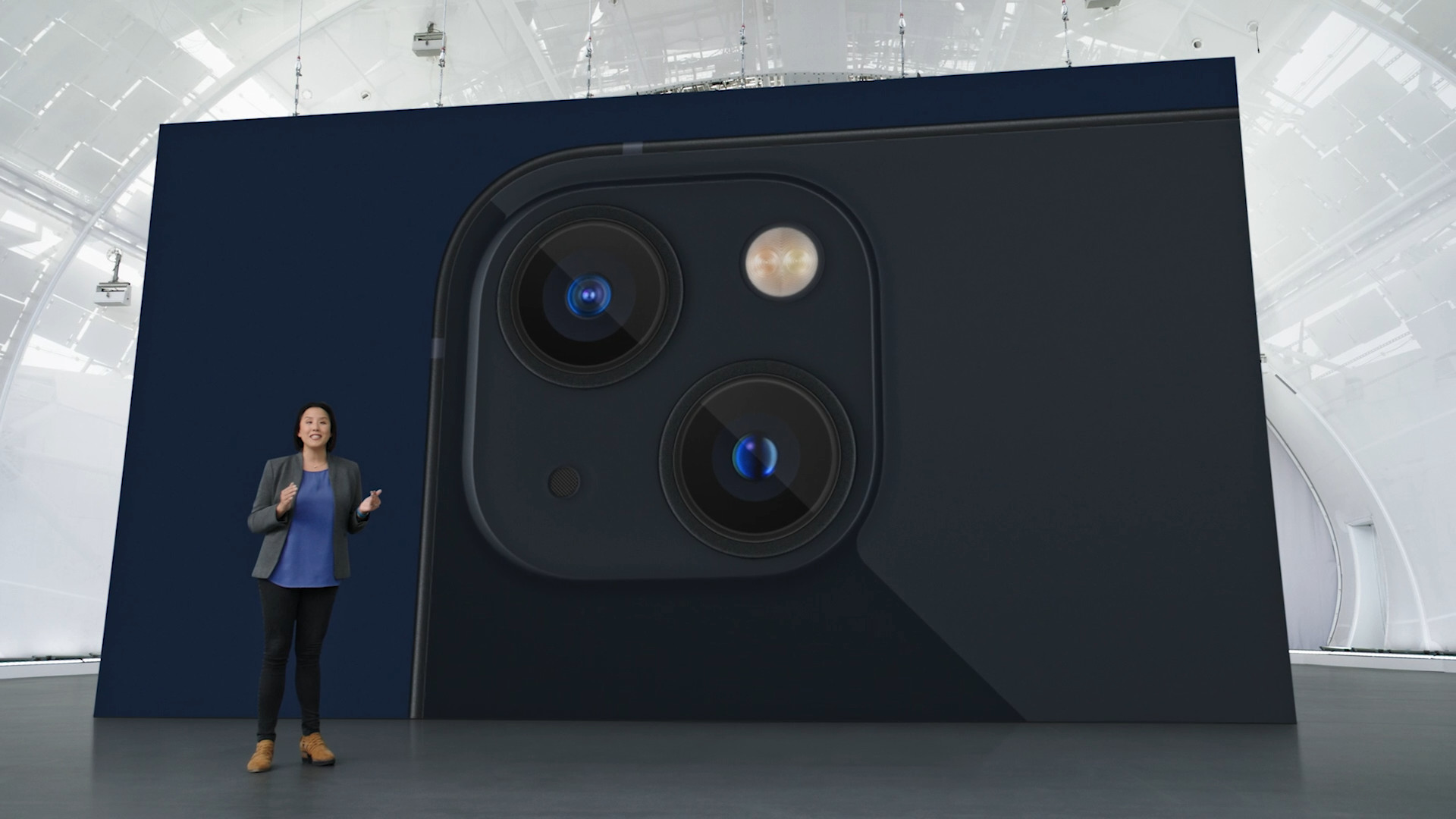

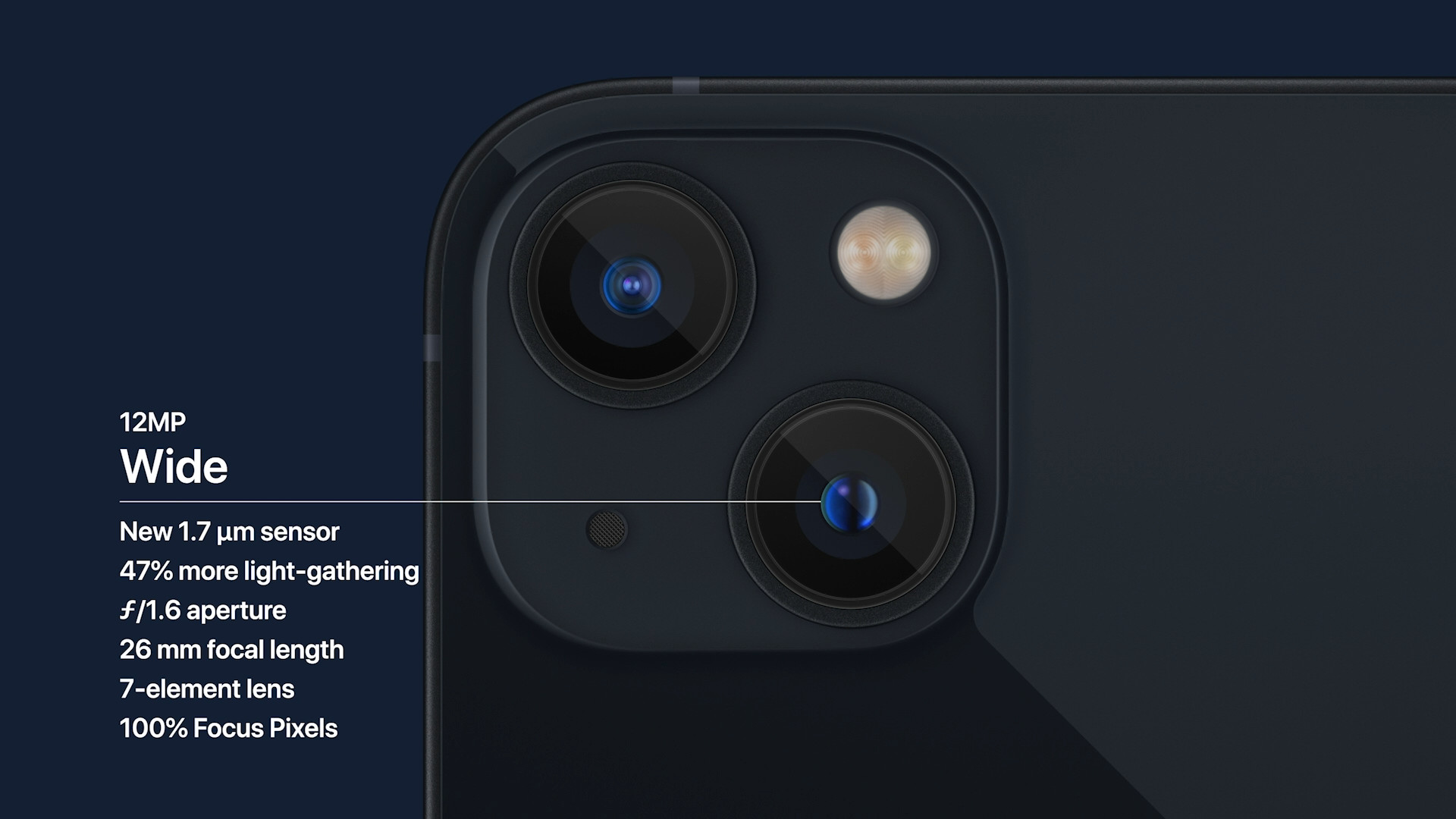

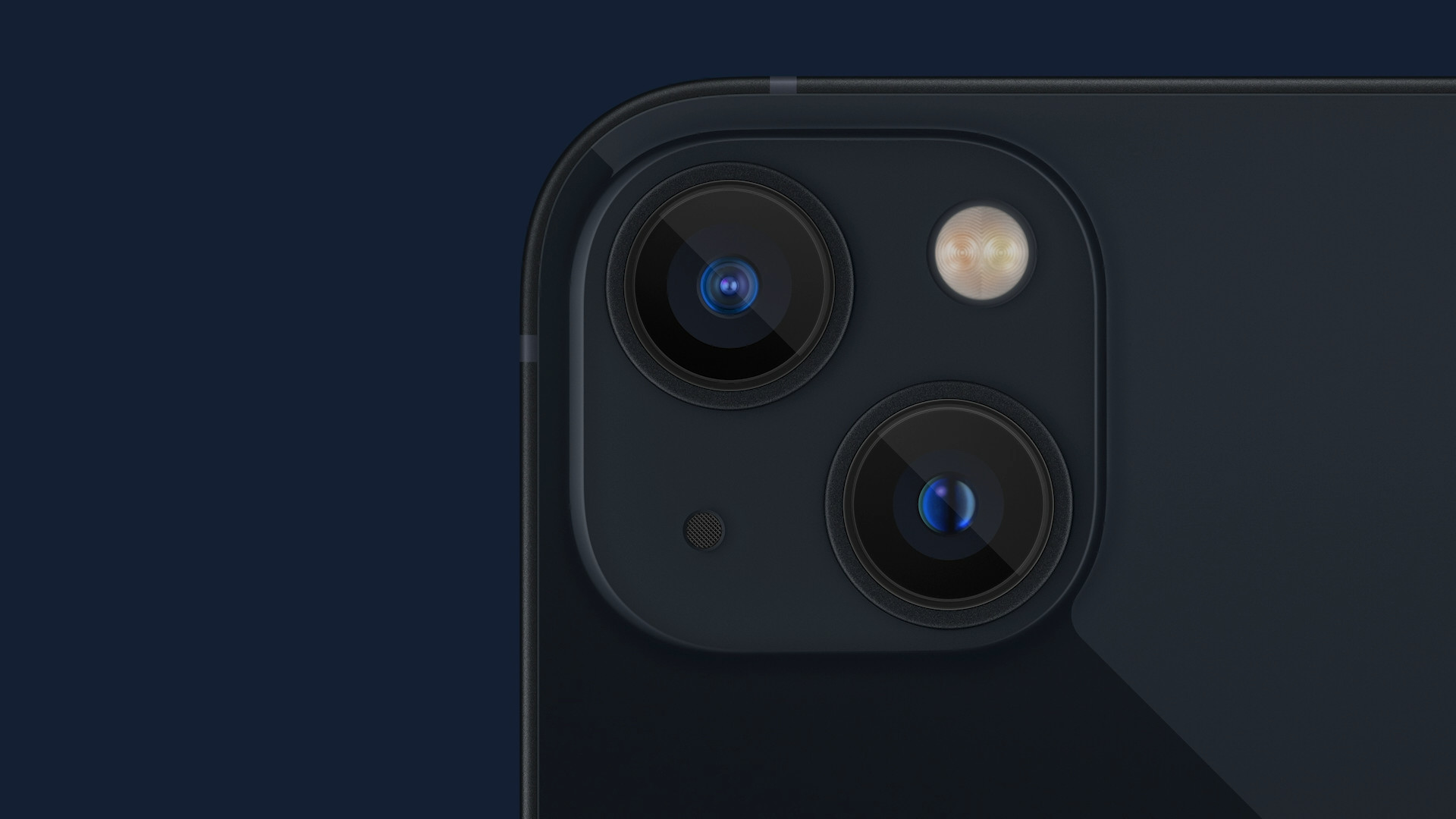
The iPhone 12mini is not charged via MagSafe 15W, but only 12W. It would be good to fix it when there is already a comparison table, no matter who you are;-)